The Forbidden City
The Forbidden City, in the very heart of Beijing, was home to 24 emperors during the Ming (1368–1644) and Qing (1644–1911) dynasties. It is the largest and best preserved ancient imperial architectural complex in the world, featuring a great square, halls and gates, in contrast to intricate halls, gardens, courtyards and living quarters. The exhibitions, both permanent and temporary, are important treasures of ancient China. You will be walking for about 2 hours (2 kilometers). The walks in the Forbidden City are graded moderate.
-
 Temple of heaven
Temple of heaven -
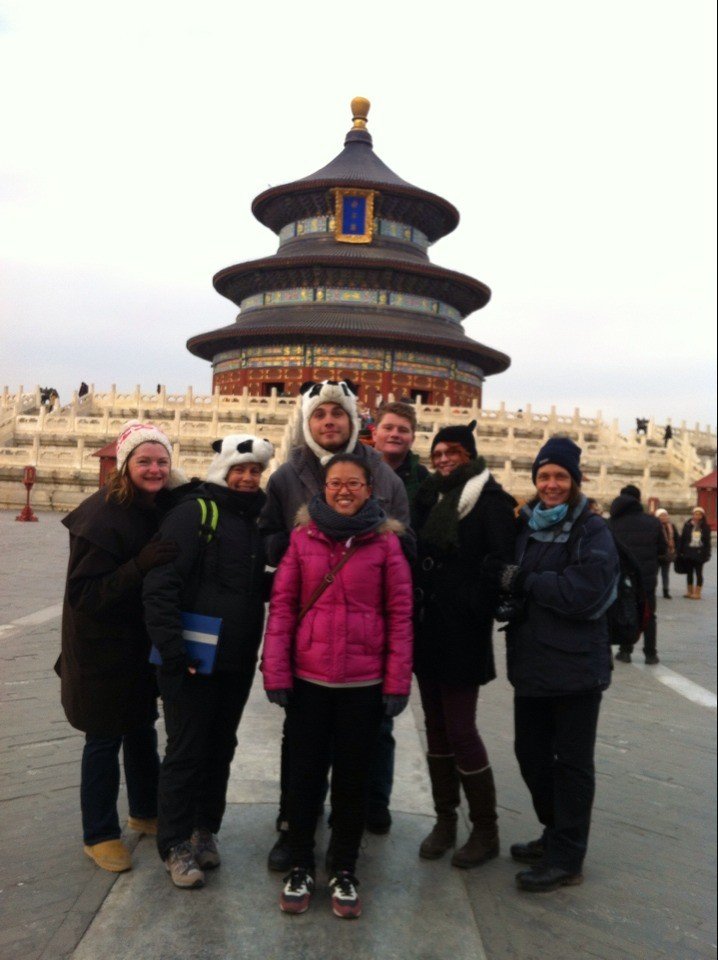 中华游131218-HF131004014车冰
中华游131218-HF131004014车冰 -
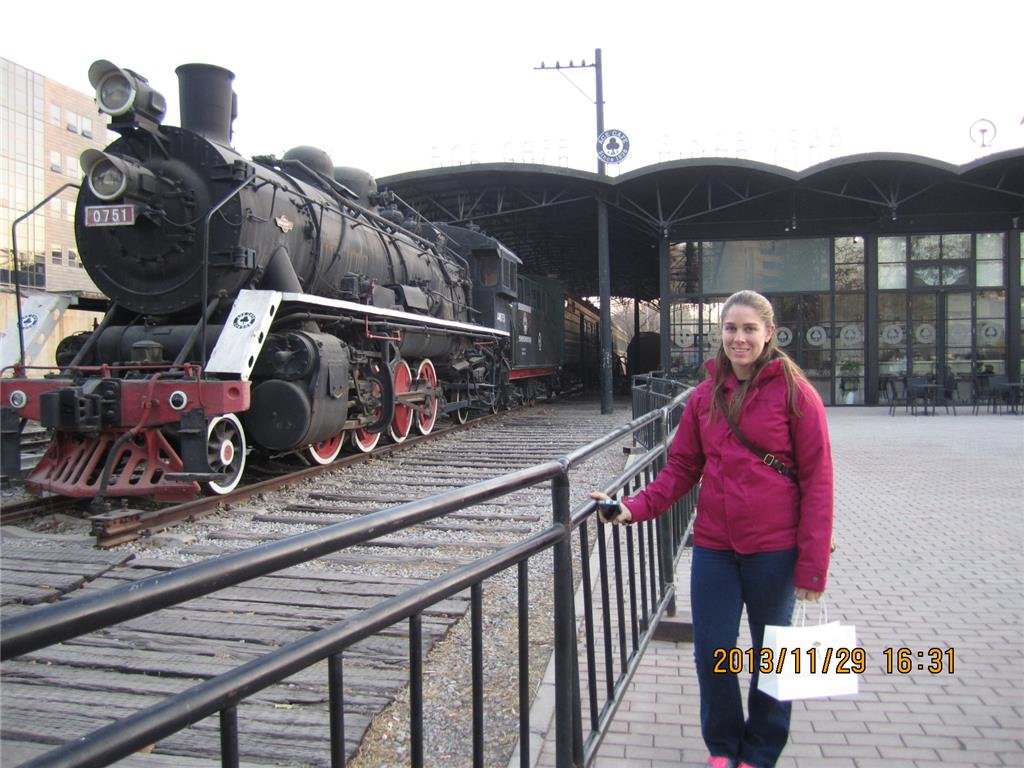 798火车头 1395
798火车头 1395 -
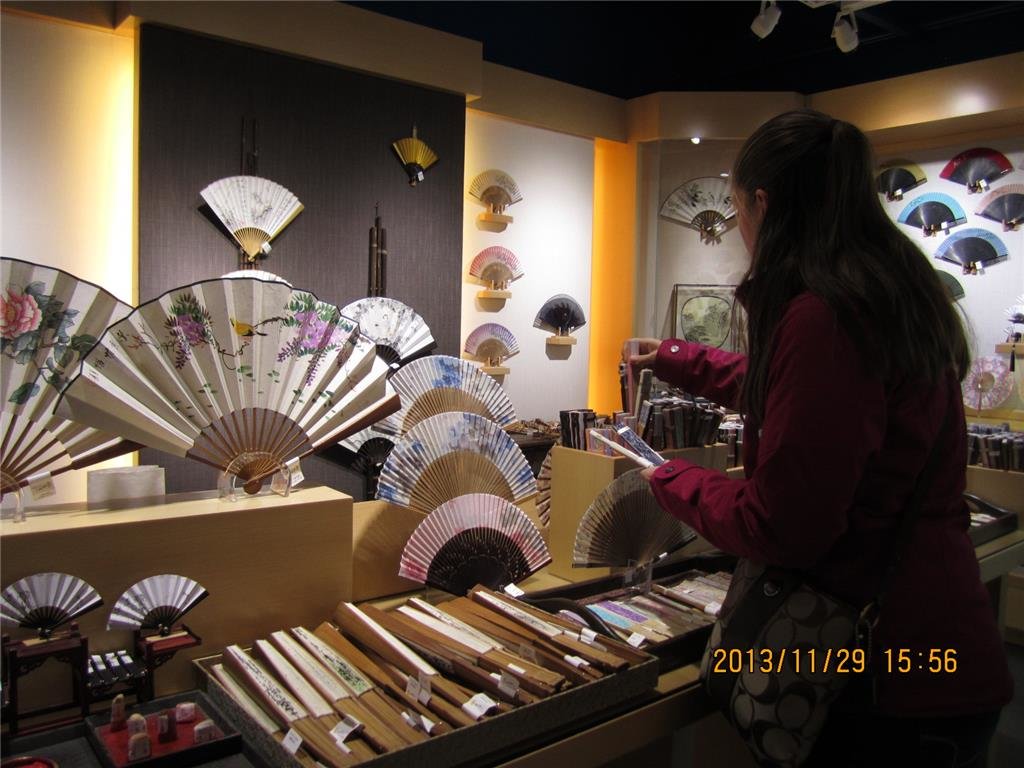 798扇子店 1388
798扇子店 1388 -
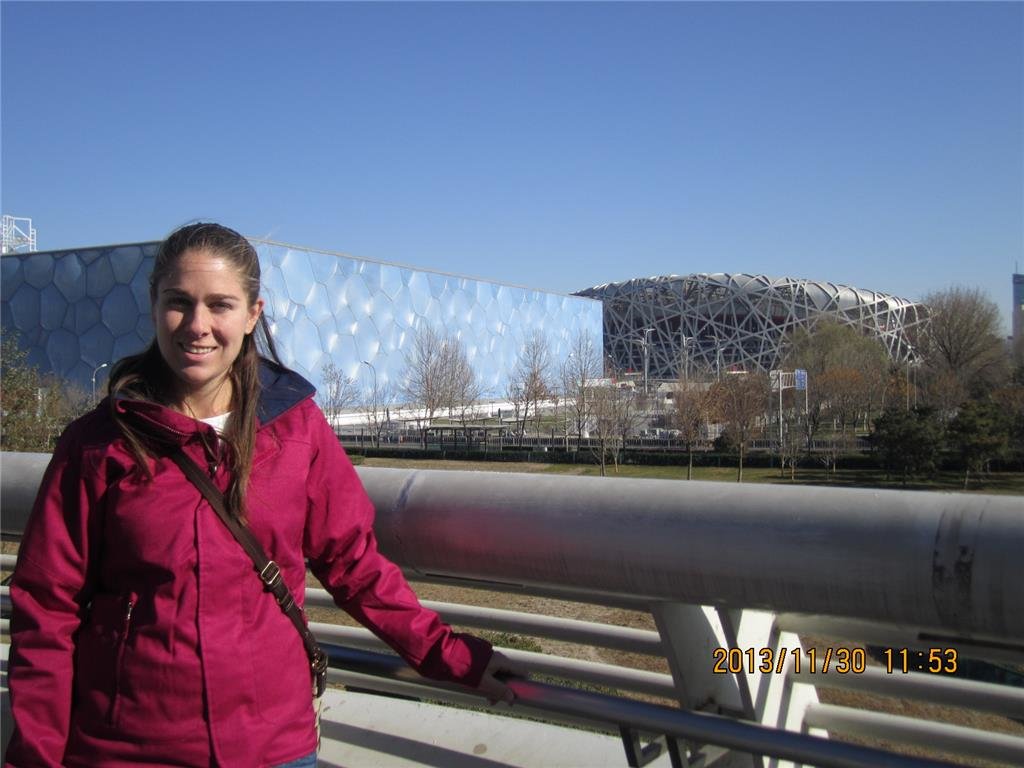 奥林匹克公园 1400
奥林匹克公园 1400 -
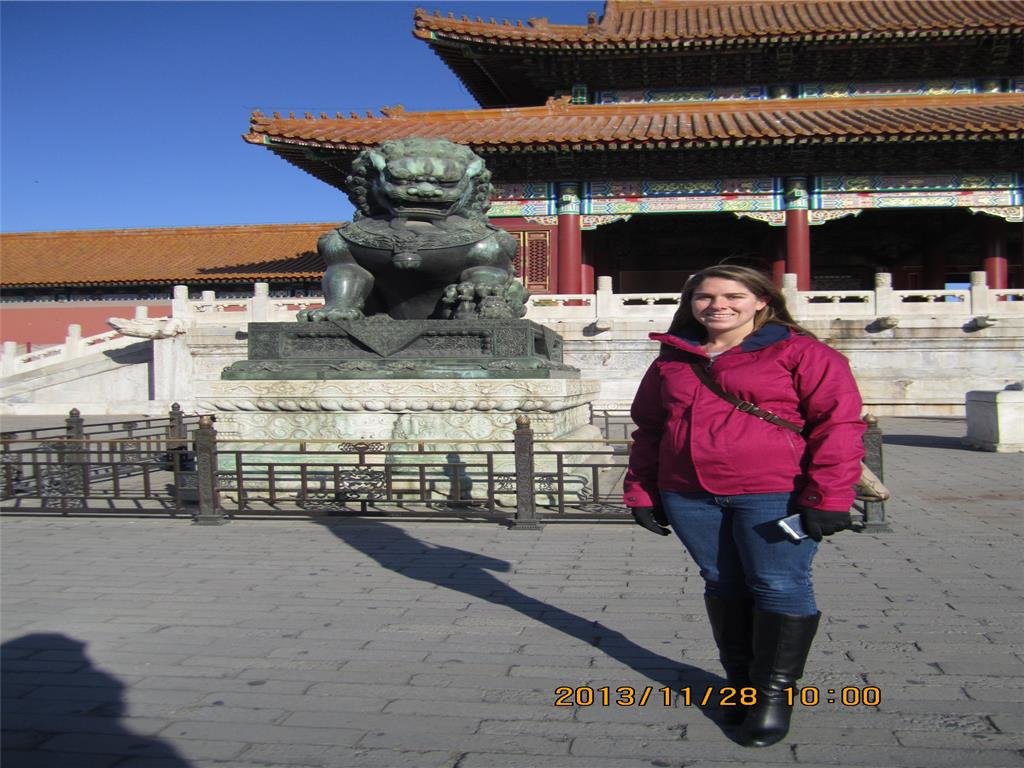 故宫 1301
故宫 1301 -
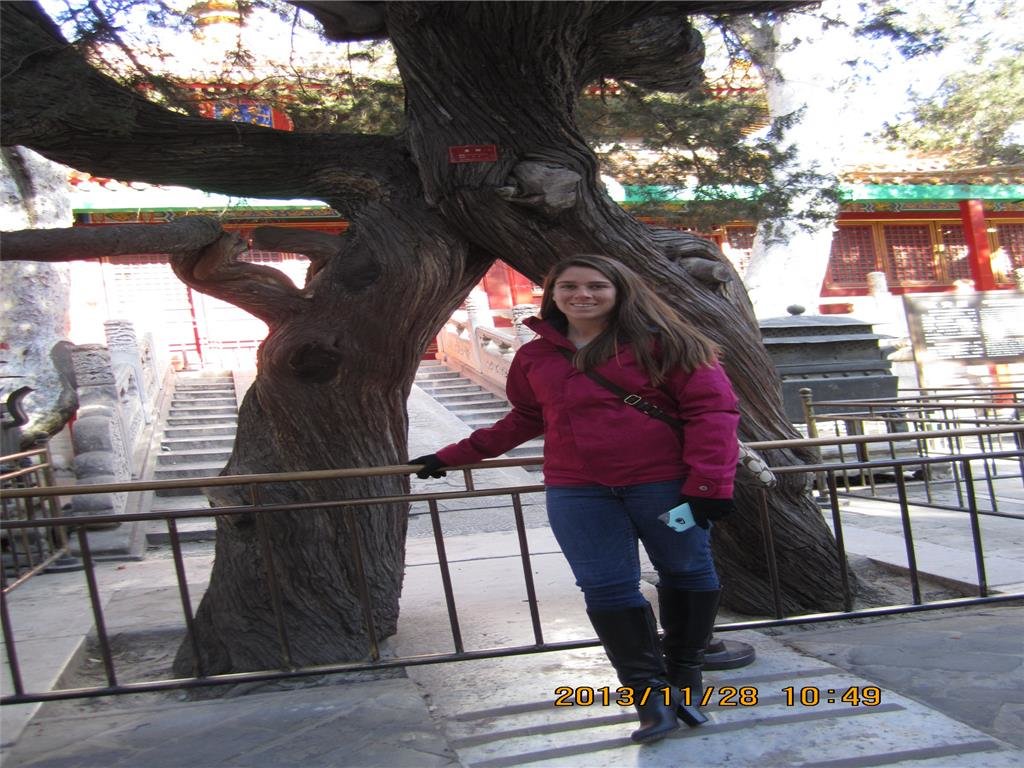 故宫夫妻树 1305
故宫夫妻树 1305 -
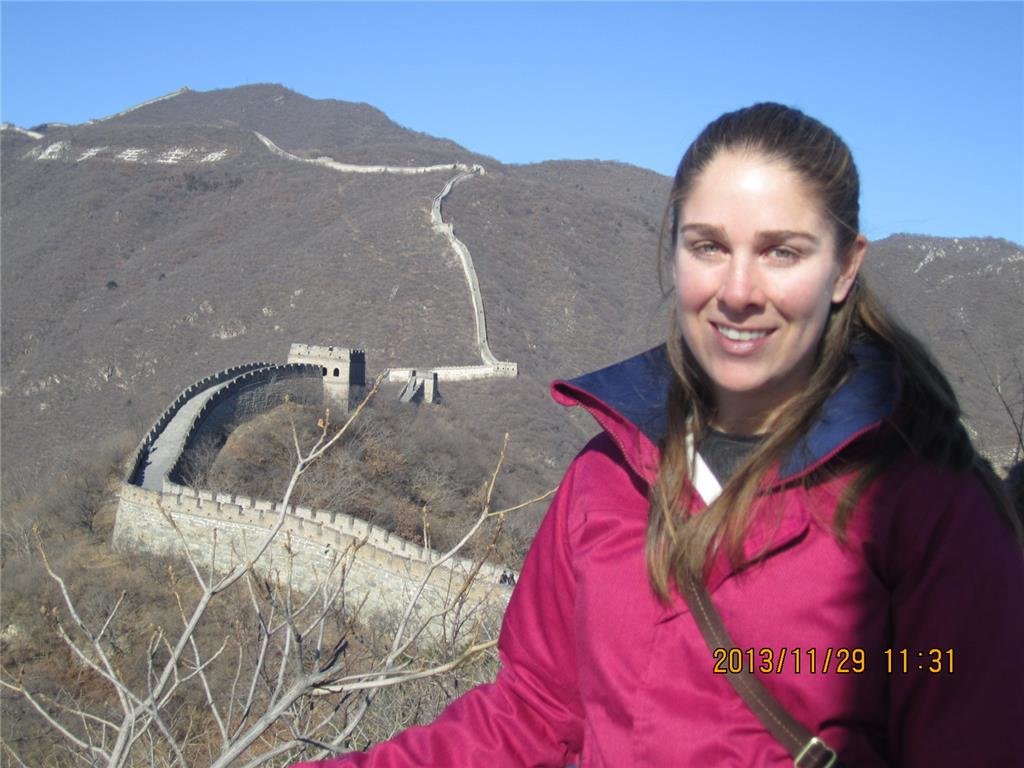 慕田峪1 1359
慕田峪1 1359 -
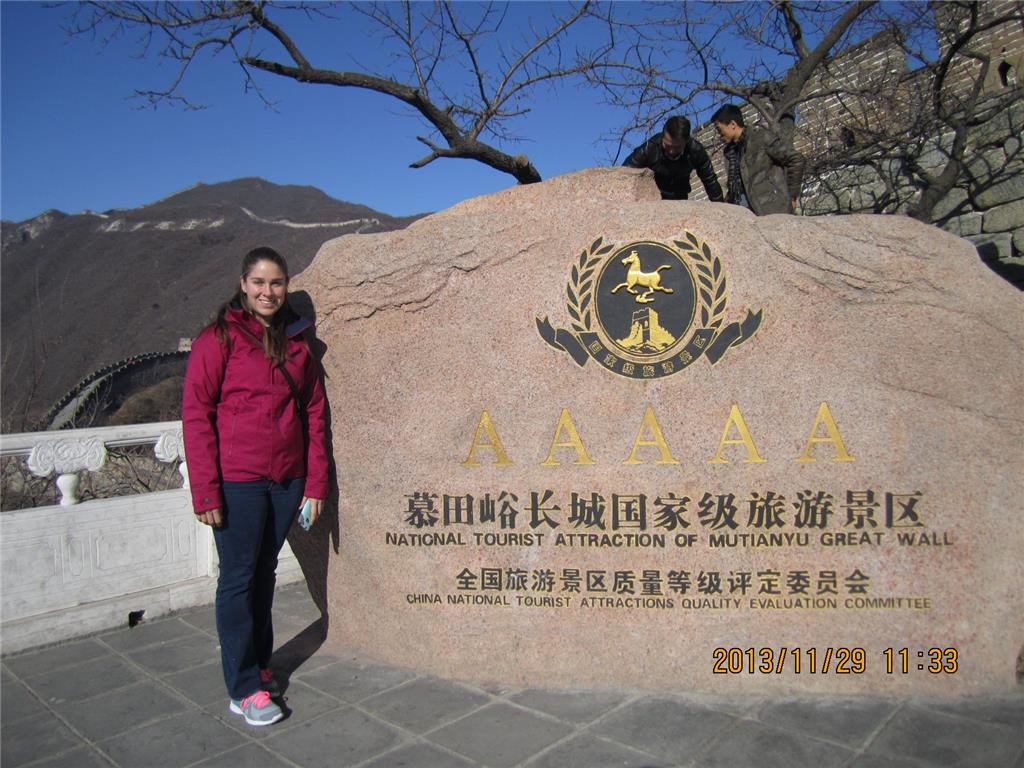 慕田峪2 1361
慕田峪2 1361 -
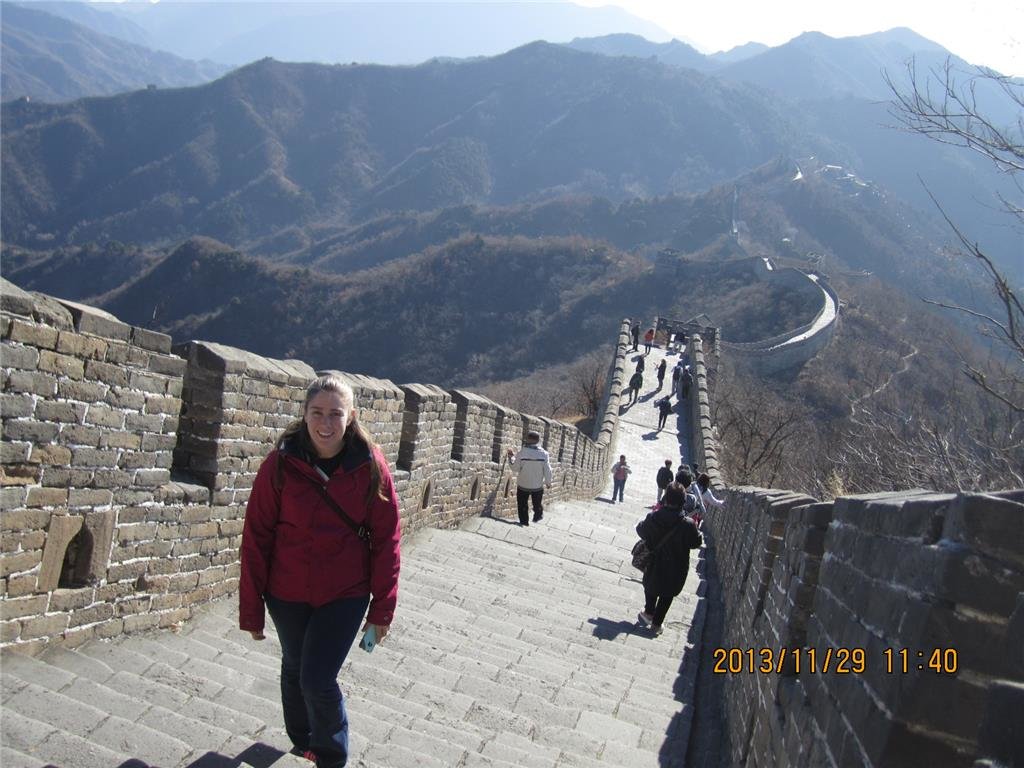 慕田峪4 1369
慕田峪4 1369 -
 慕田峪5 1376
慕田峪5 1376 -
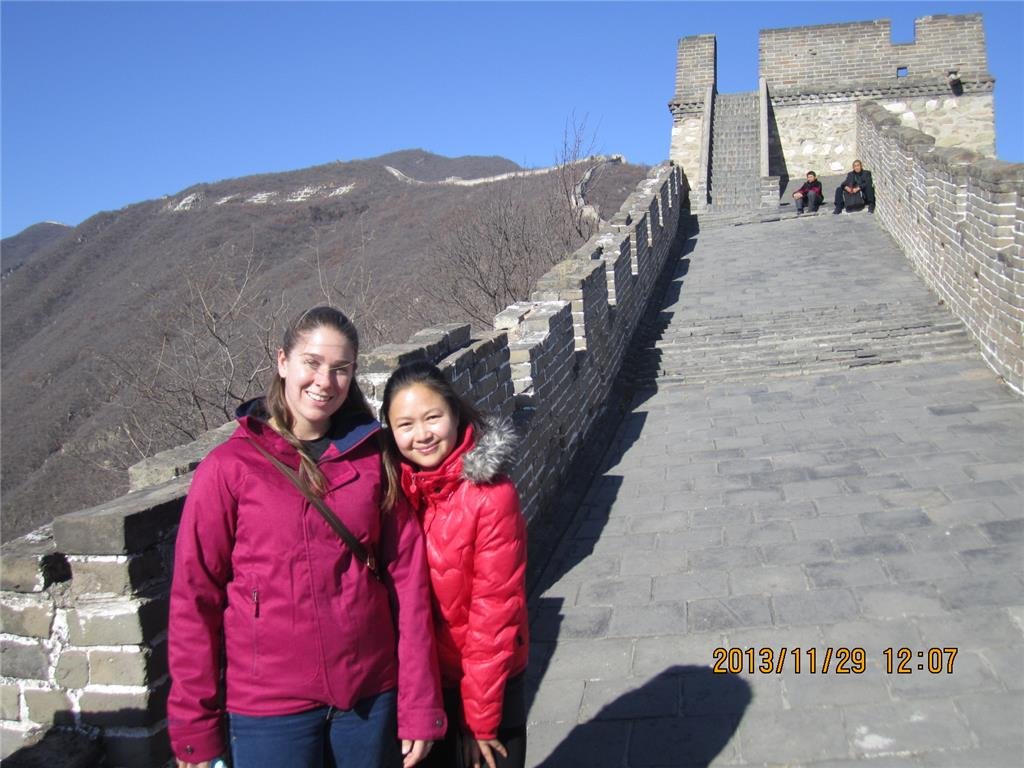 慕田峪6 1383
慕田峪6 1383 -
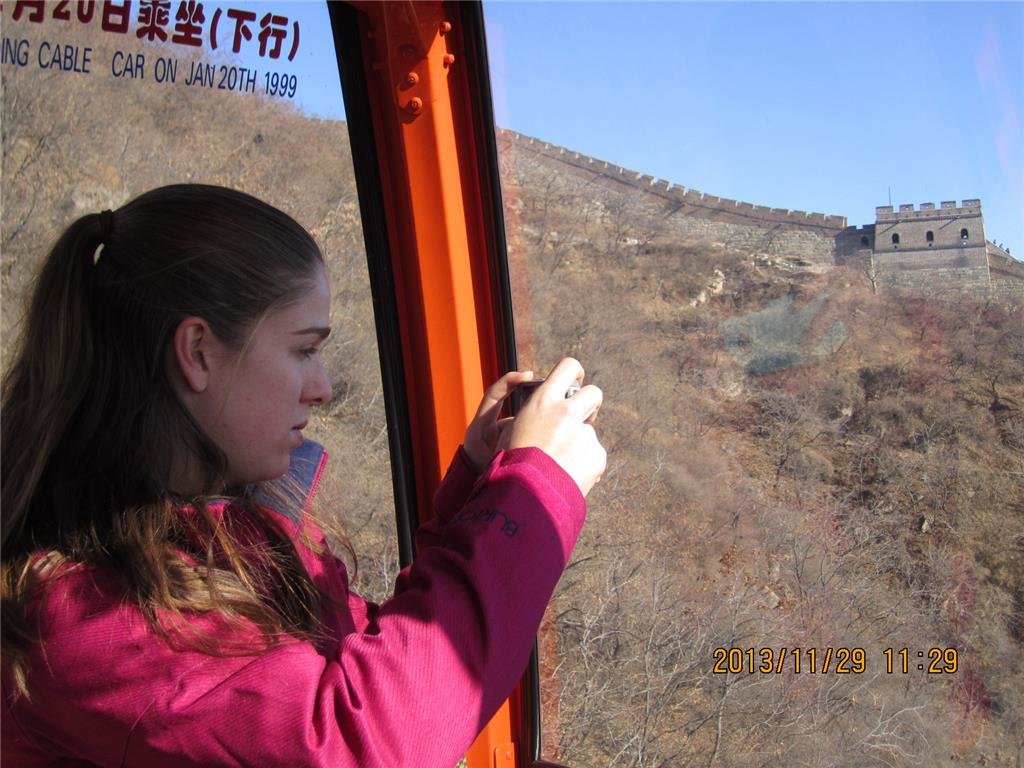 慕田峪缆车 1355
慕田峪缆车 1355 -
 慕田峪遇见老朋友 1384
慕田峪遇见老朋友 1384 -
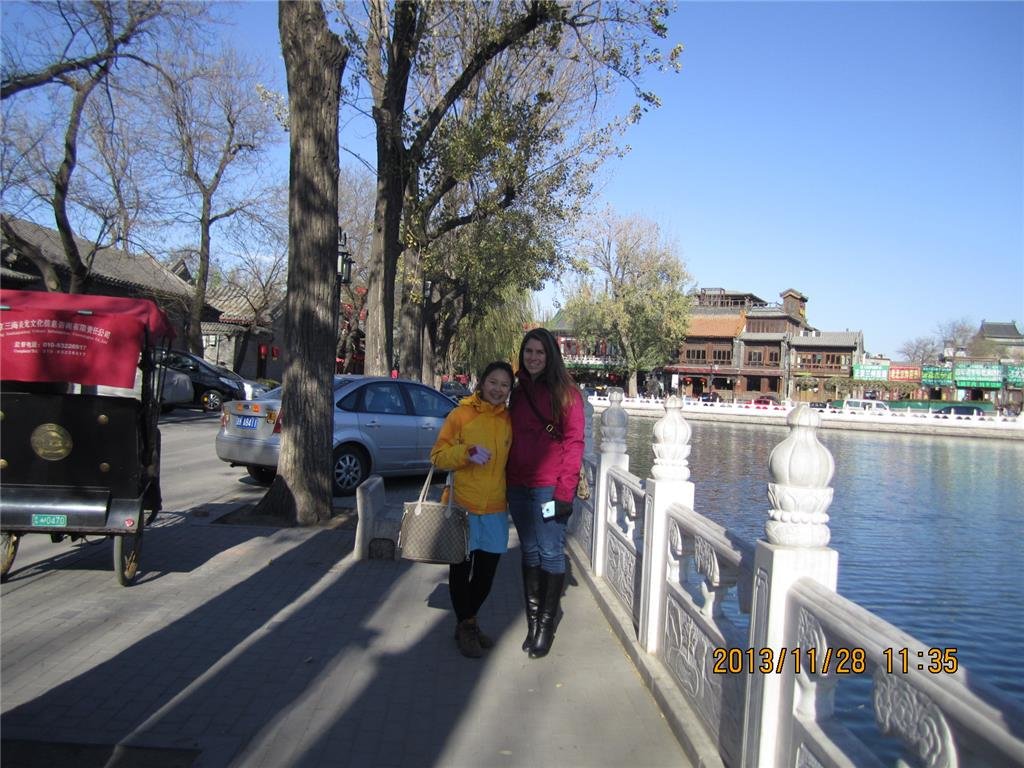 什刹海1 1310
什刹海1 1310 -
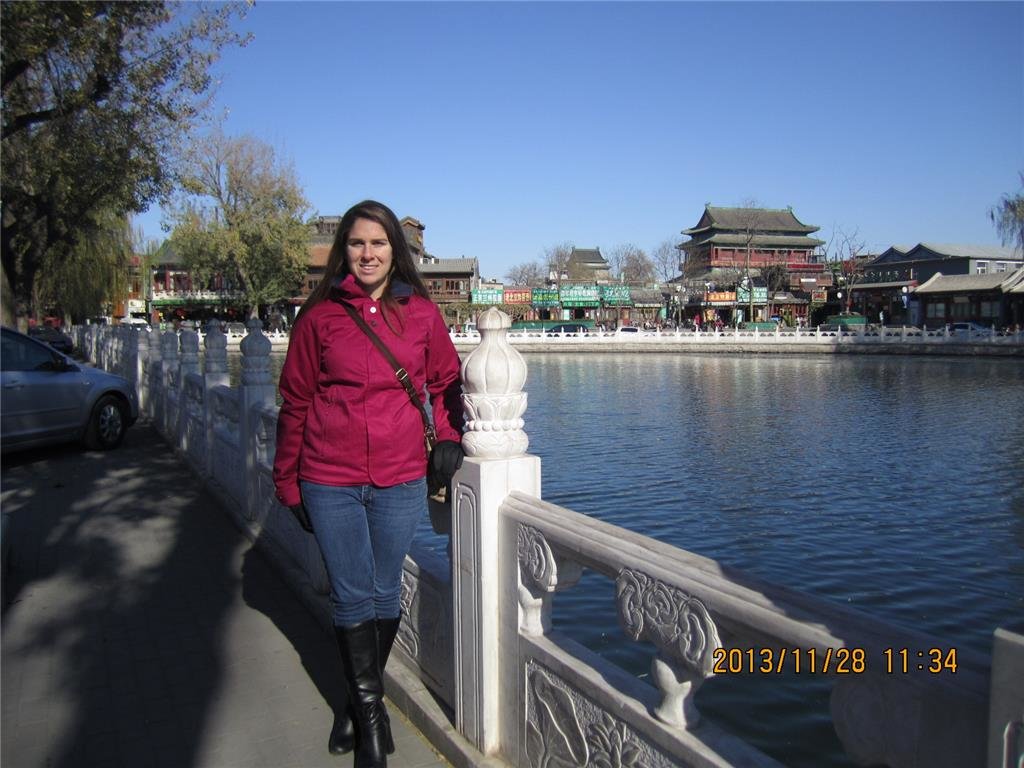 什刹海1307
什刹海1307 -
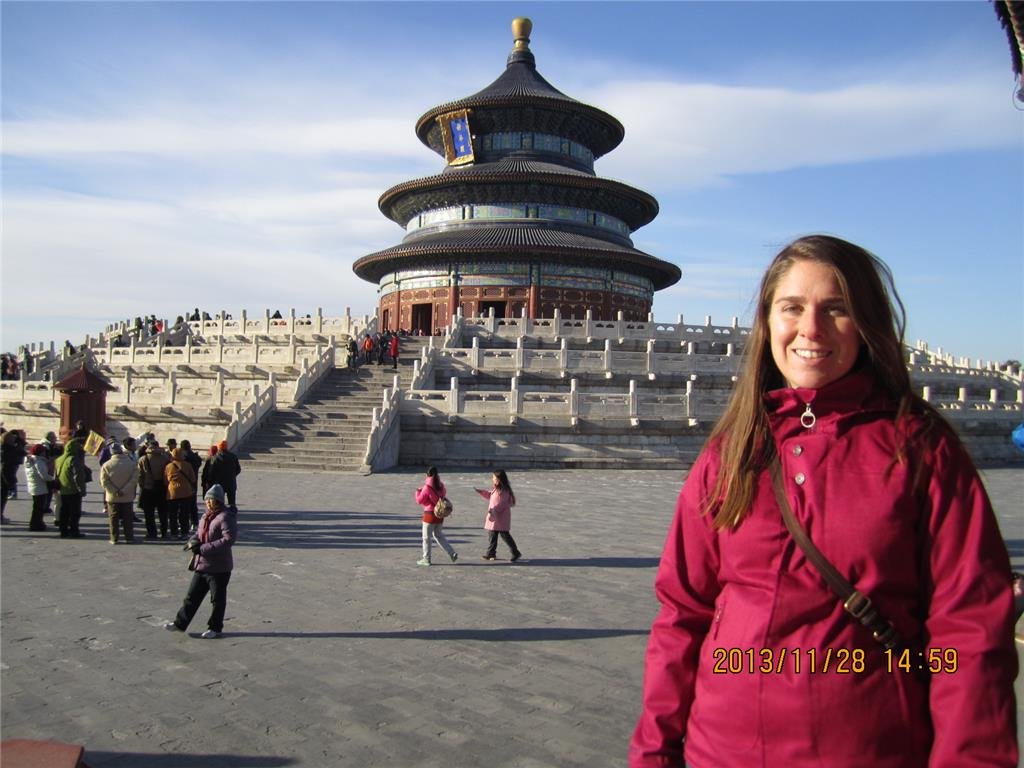 天坛祈年殿 1314
天坛祈年殿 1314 -
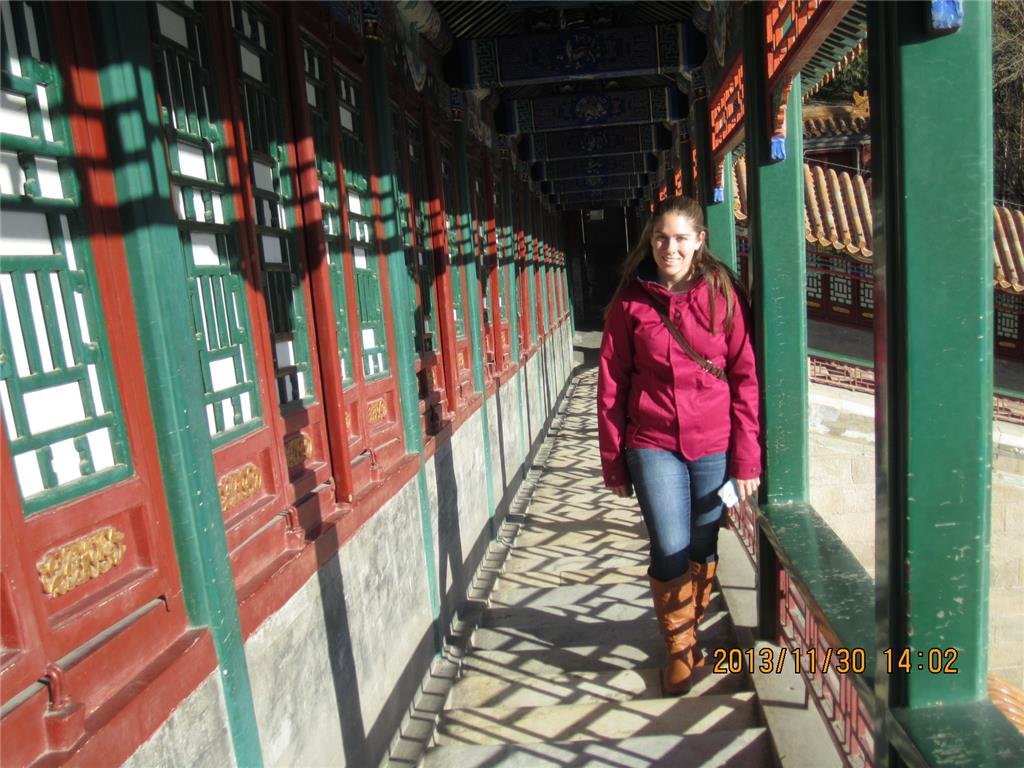 颐和园1 1415
颐和园1 1415 -
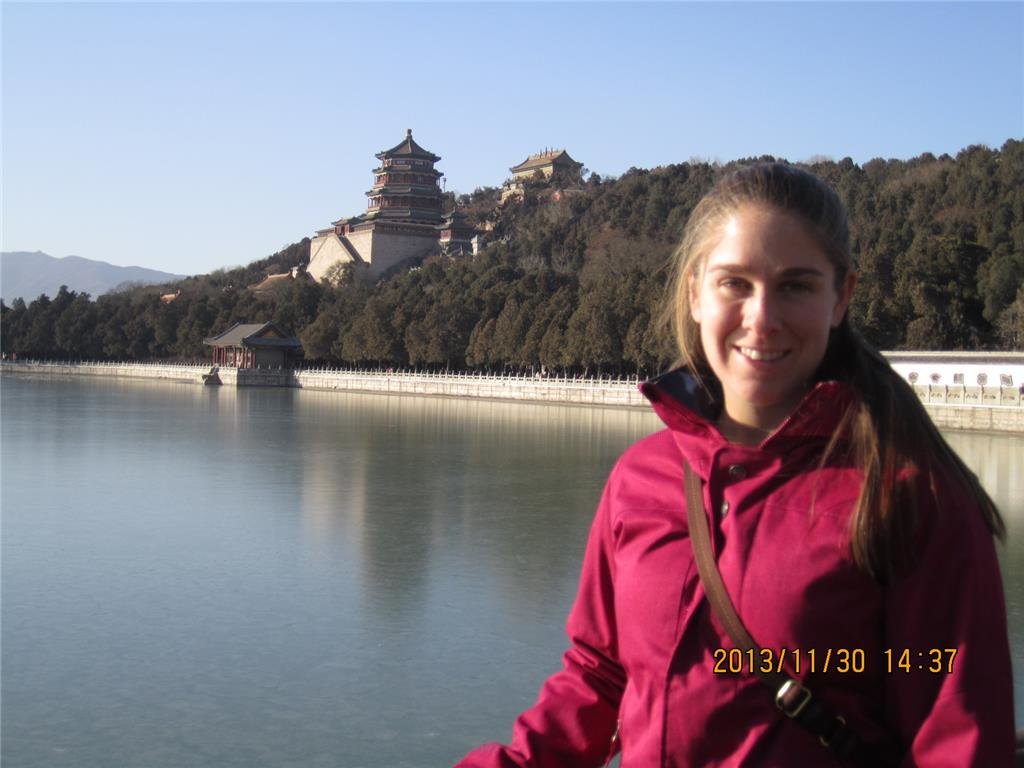 颐和园2 1422
颐和园2 1422 -
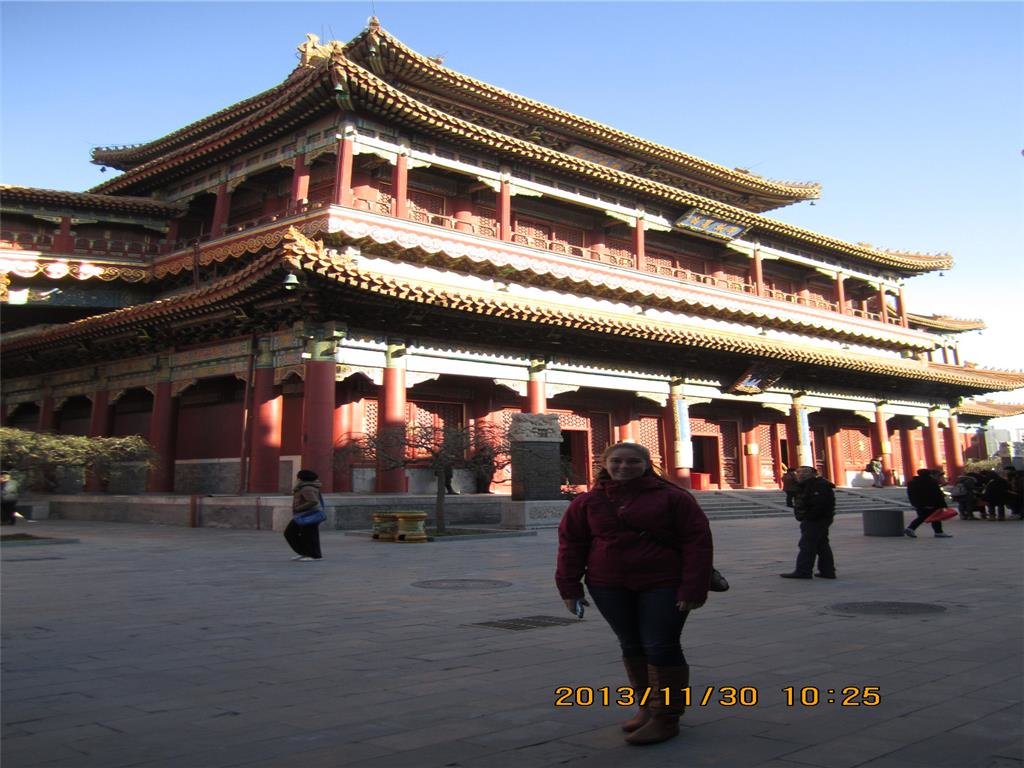 雍和宫万佛阁 1397
雍和宫万佛阁 1397 -
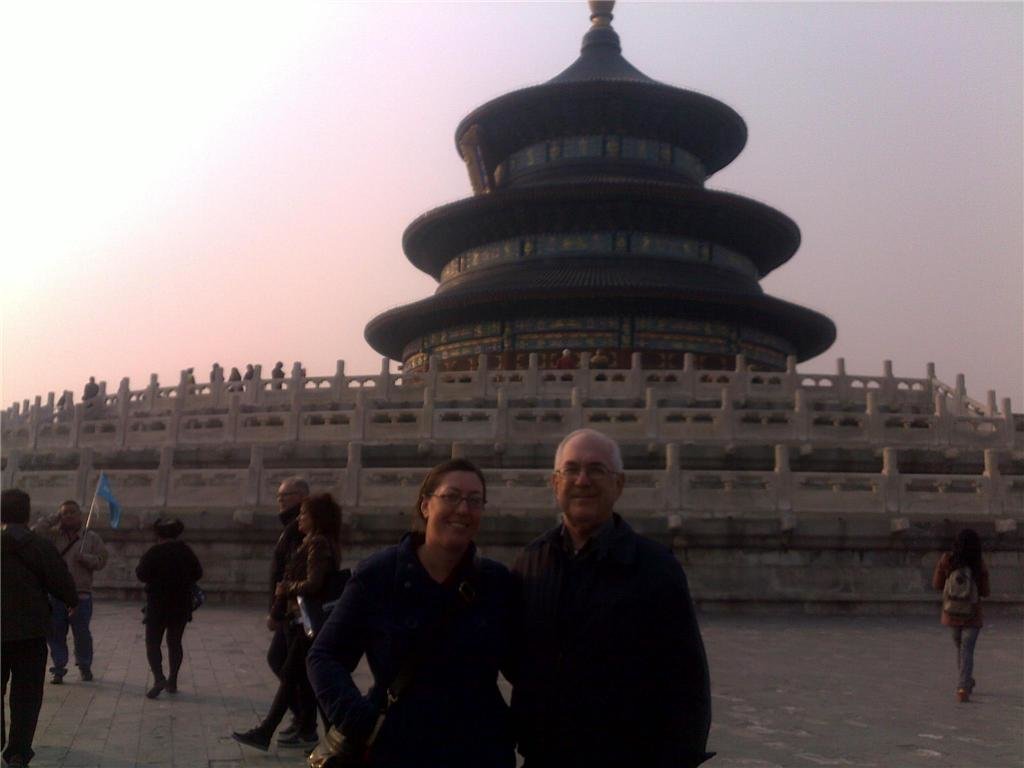 HF130801010
HF130801010 -
 HF130801010
HF130801010 -
 HF130801010
HF130801010 -
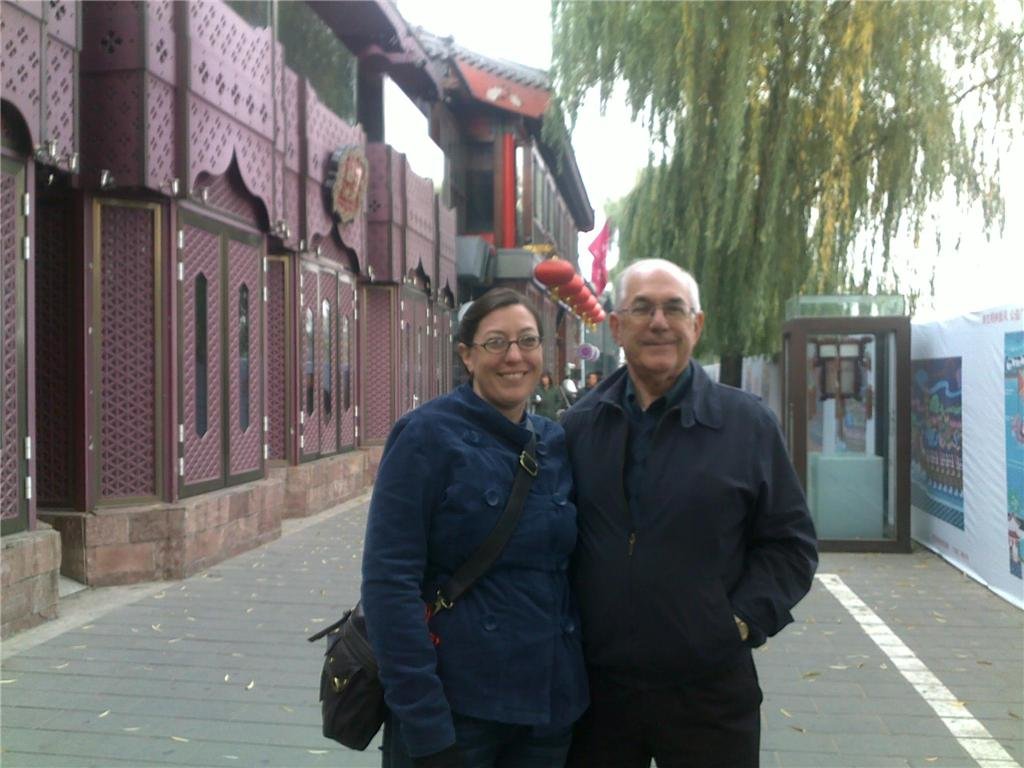 HF130801010
HF130801010 -
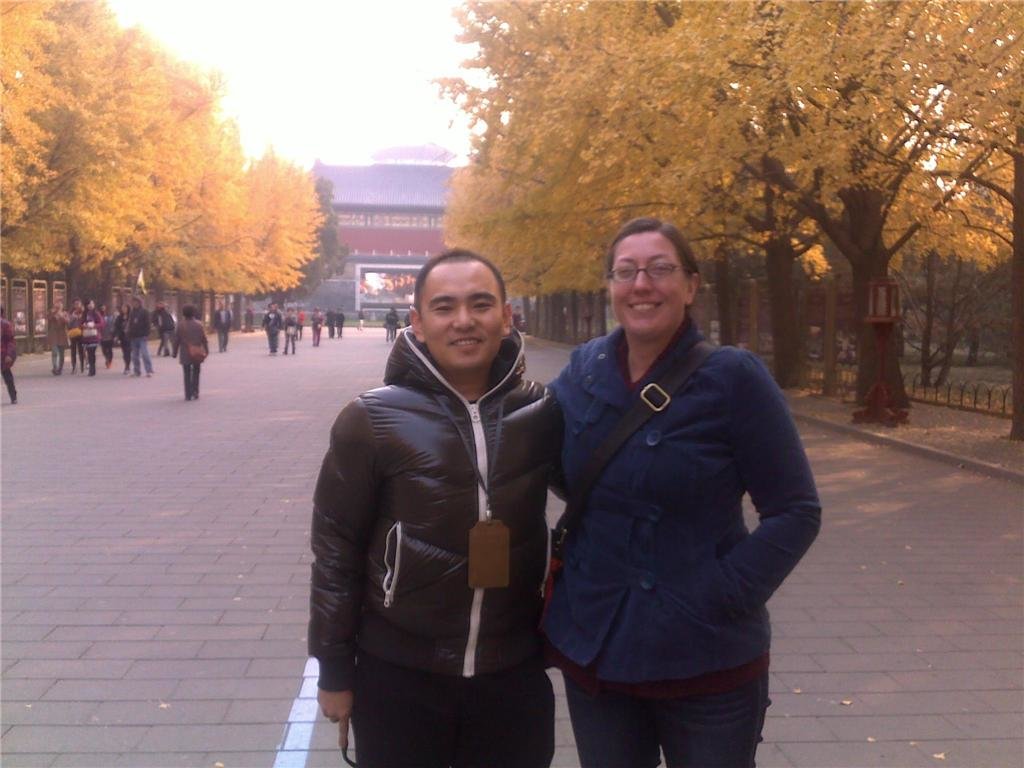 HF130801010
HF130801010 -
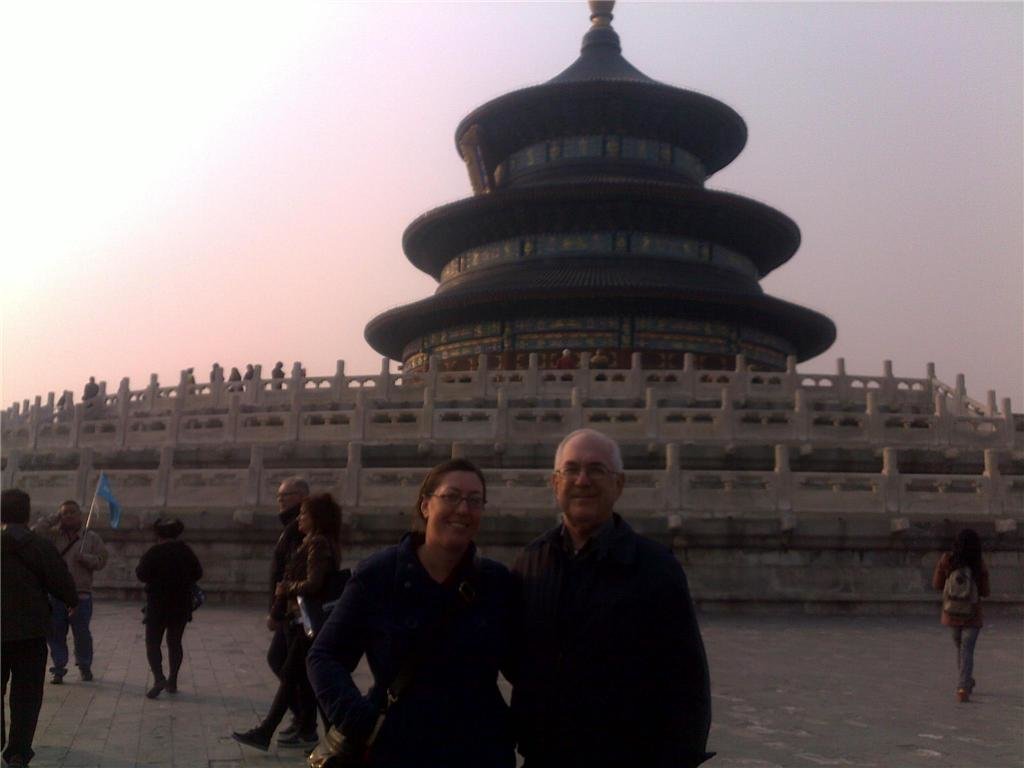 HF130801010
HF130801010 -
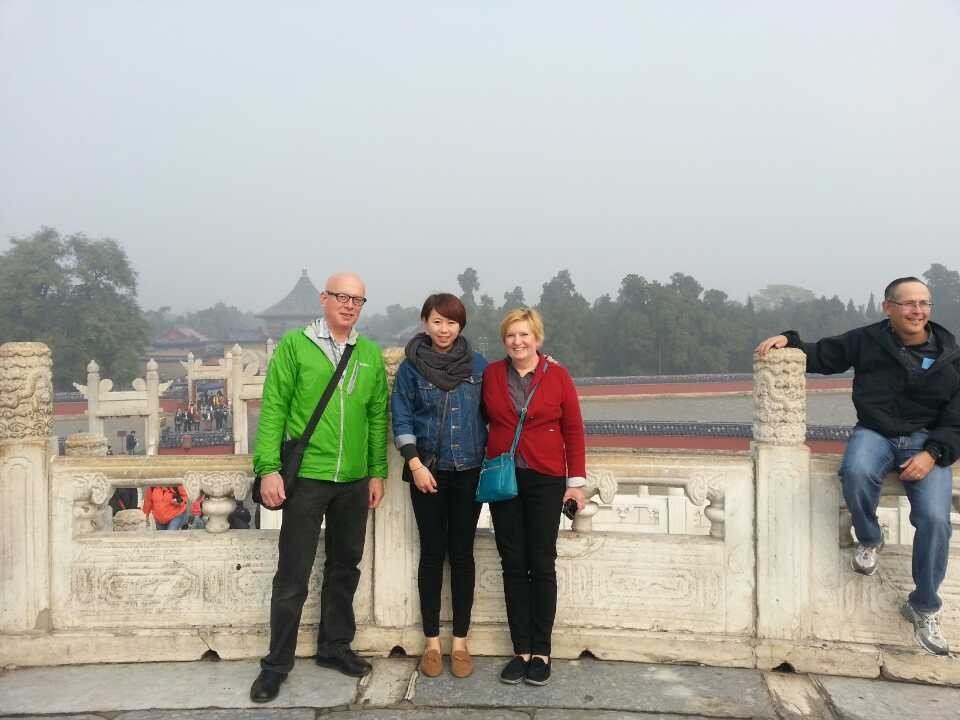 DJX130818061
DJX130818061 -
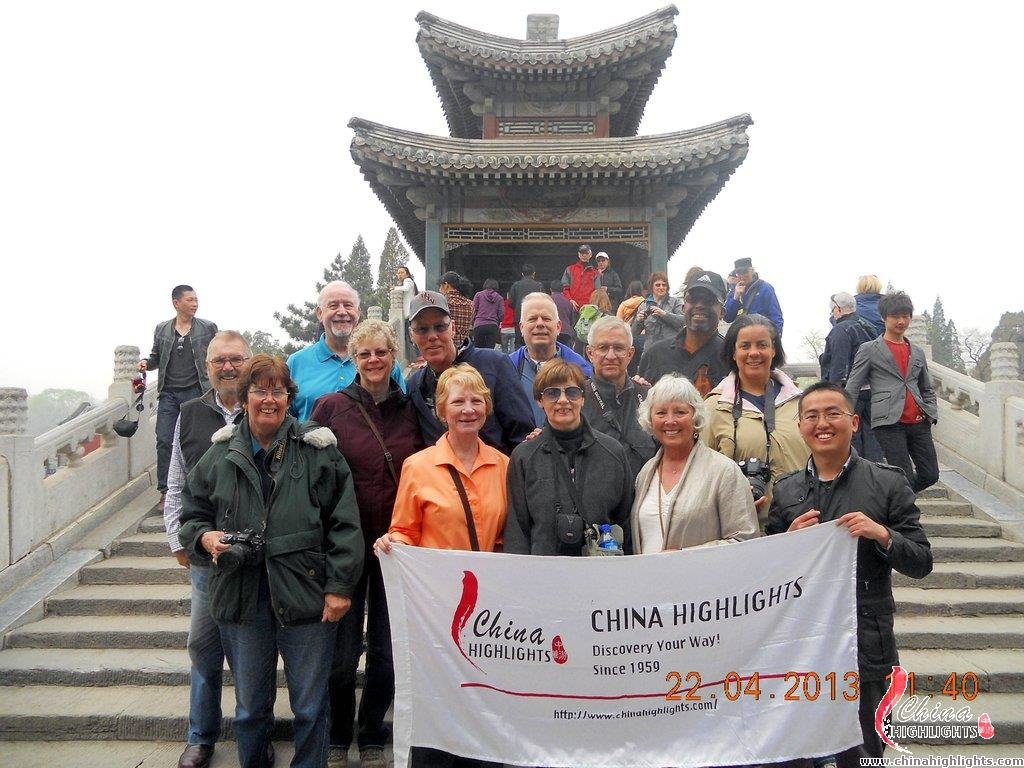 Summer palace
Summer palace -
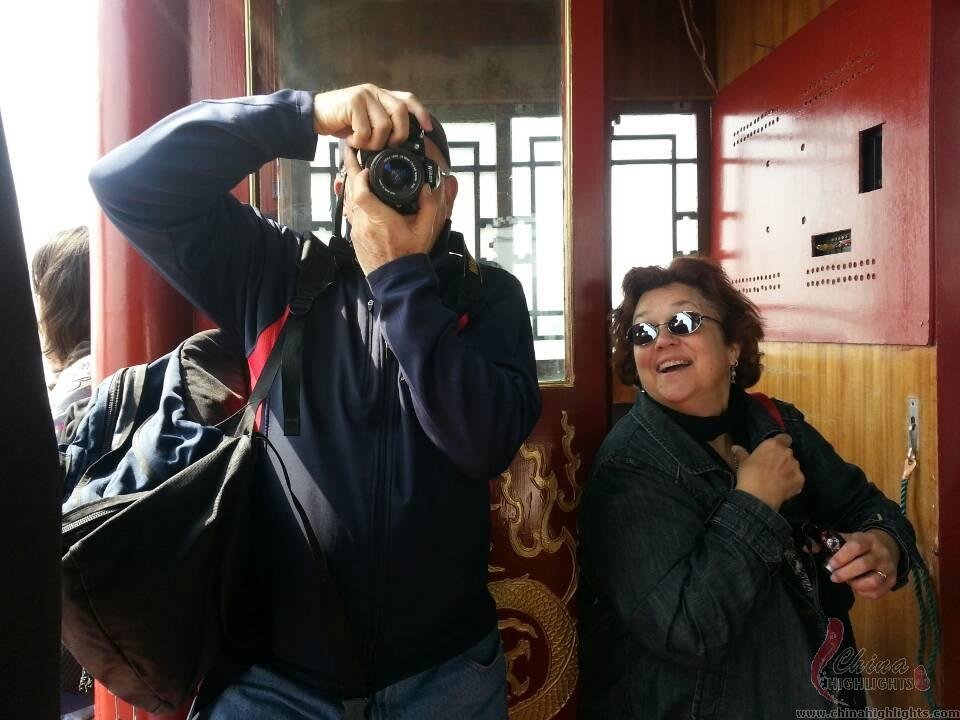 The Forbidden City
The Forbidden City -
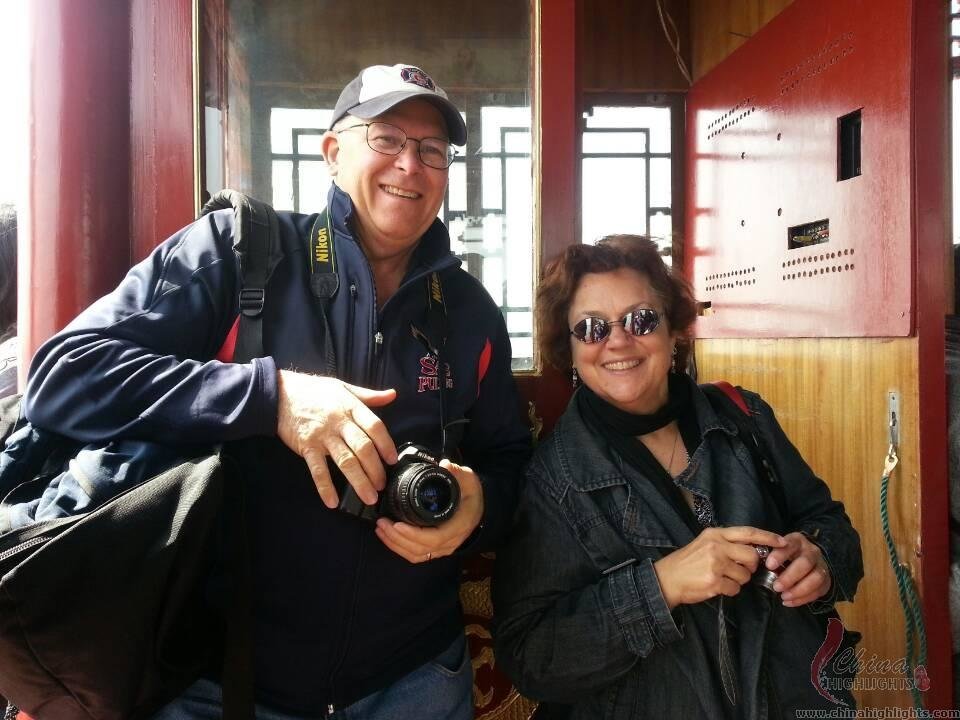 The Forbidden City
The Forbidden City -
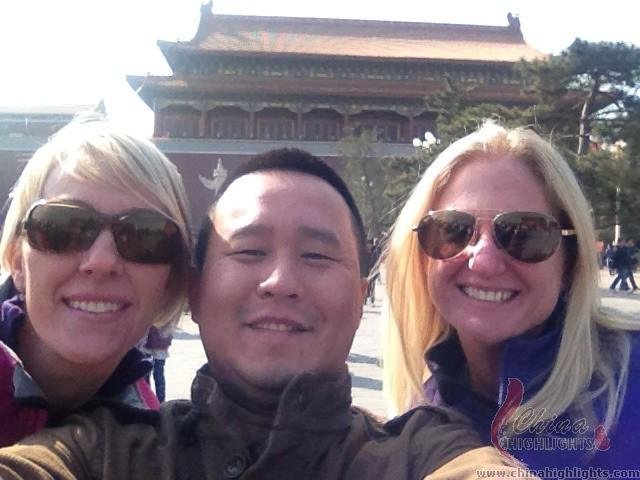 The Forbidden City
The Forbidden City -
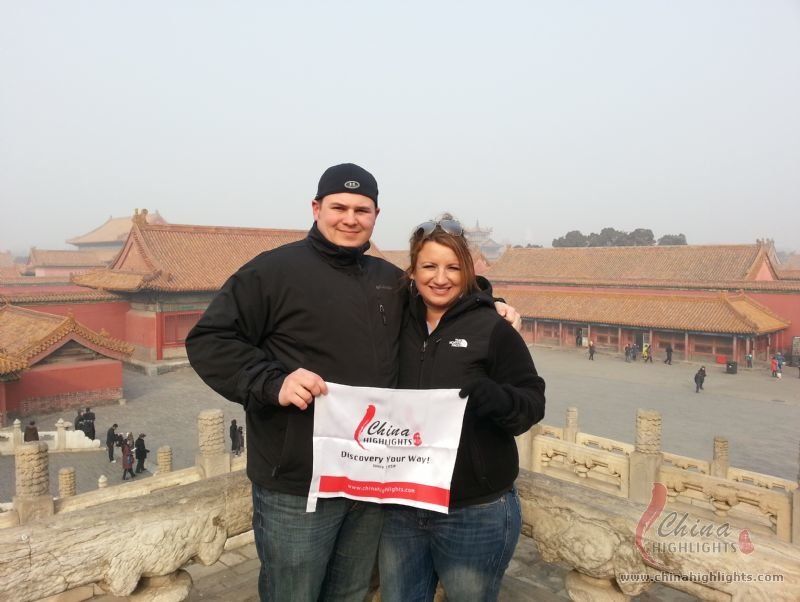 Forbidden City
Forbidden City -
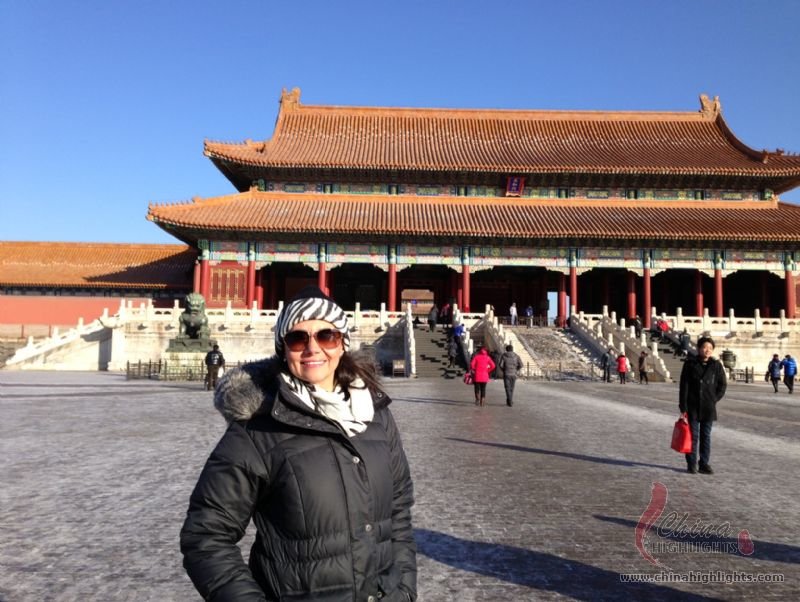 Forbidden City
Forbidden City -
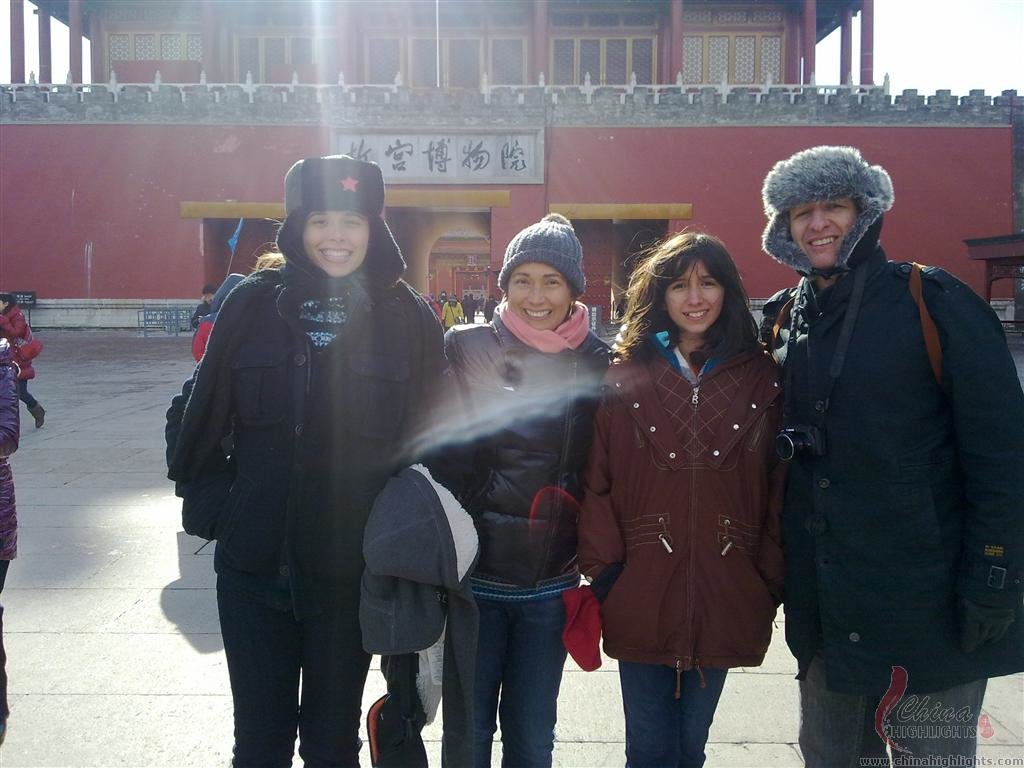 Forbidden City
Forbidden City -
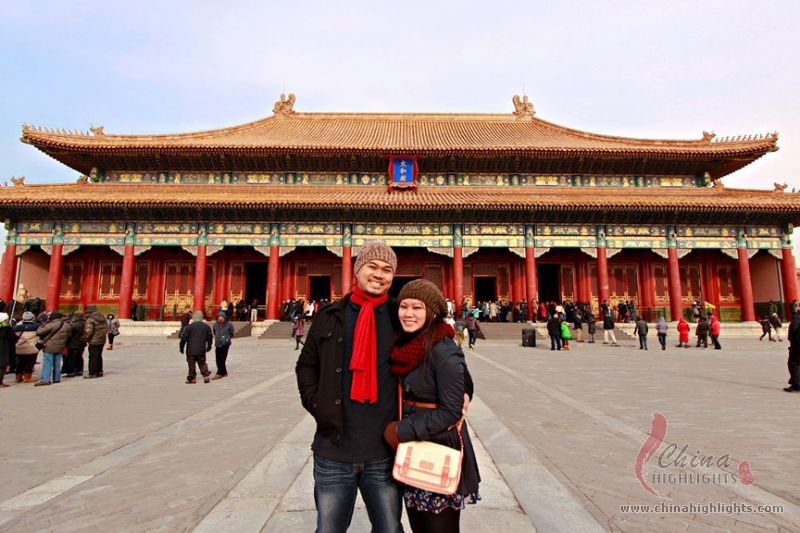 Forbidden City
Forbidden City -
 Forbidden CityFriends at the Forbidden City, Beijing.
Forbidden CityFriends at the Forbidden City, Beijing. -
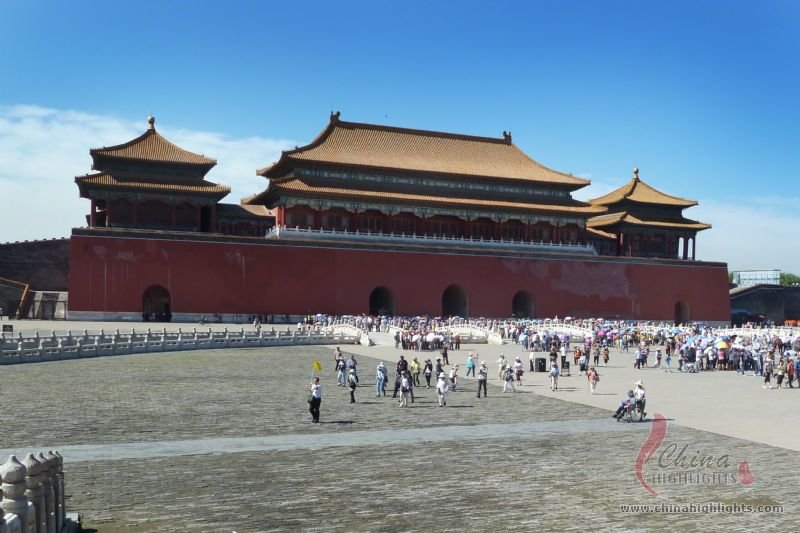 Forbidden CityThe Forbidden City is a symbol of China's royal majesty and a good place to learn China's history and culture.
Forbidden CityThe Forbidden City is a symbol of China's royal majesty and a good place to learn China's history and culture. -
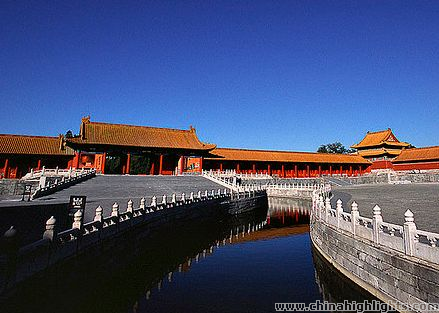 Forbidden CityWatch the sundown at the majestic Forbidden City, Beijing.
Forbidden CityWatch the sundown at the majestic Forbidden City, Beijing. -
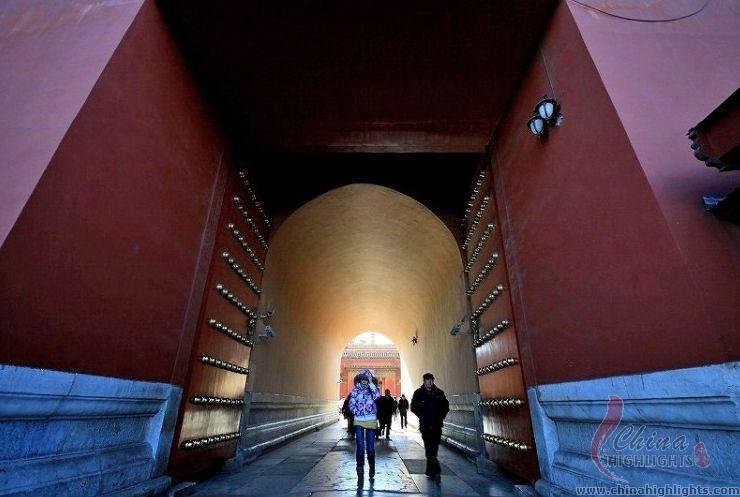 Forbidden CityThe majestic Forbidden City is a highlight to your Beijing tour.
Forbidden CityThe majestic Forbidden City is a highlight to your Beijing tour. -
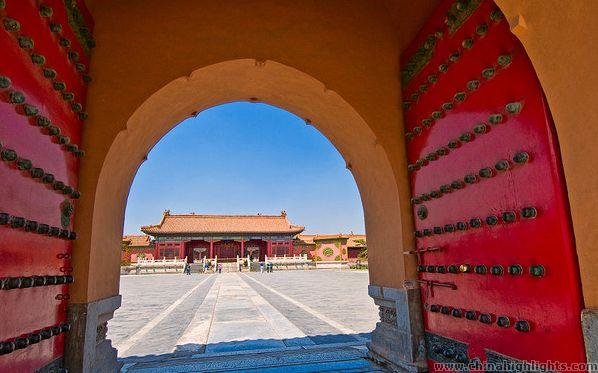 Forbidden CityThe gate is open for your discovery, Forbidden City, Beijing.
Forbidden CityThe gate is open for your discovery, Forbidden City, Beijing. -
 Forbidden CityForbidden City is an iconic Beijing tourism attraction and a highlight to your Beijing tour.
Forbidden CityForbidden City is an iconic Beijing tourism attraction and a highlight to your Beijing tour. -
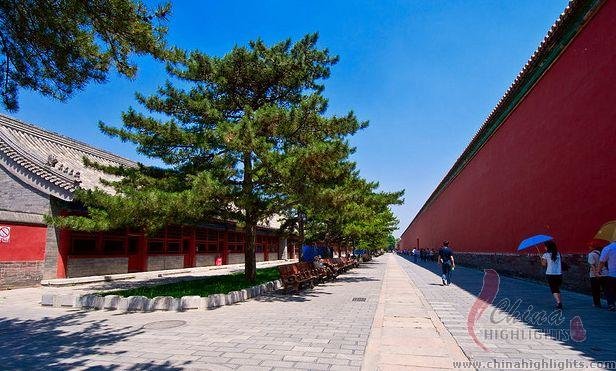 Forbidden CityVisit the Forbidden City in your Beijing tour to know about China's royal history and culture.
Forbidden CityVisit the Forbidden City in your Beijing tour to know about China's royal history and culture. -
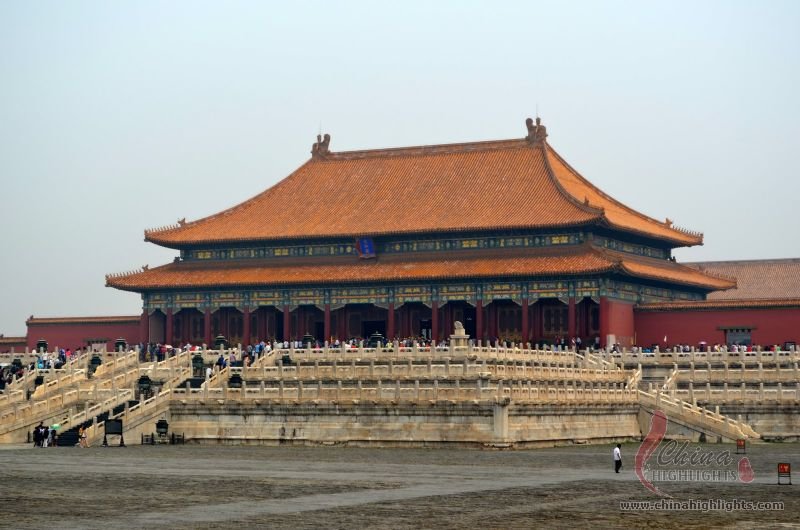 Forbidden CityForbidden City
Forbidden CityForbidden City -
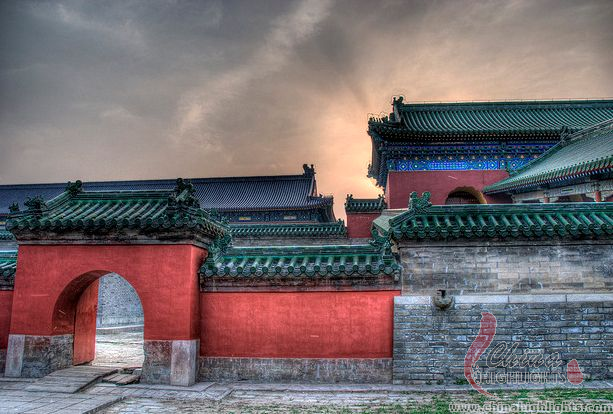 Forbidden City
Forbidden City -
 Forbidden City
Forbidden City -
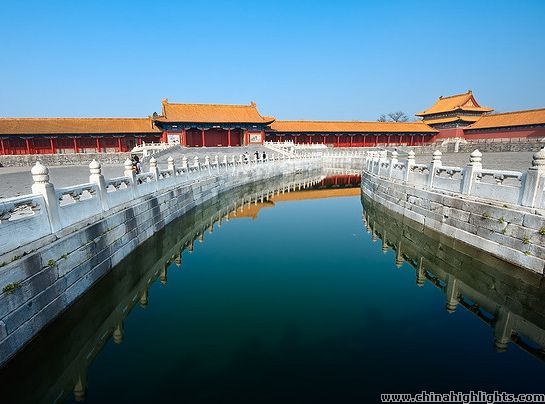 The moat at Forbidden City
The moat at Forbidden City -
 The Forbidden CityThe Forbidden City is the best preserved imperial palace in China.
The Forbidden CityThe Forbidden City is the best preserved imperial palace in China. -
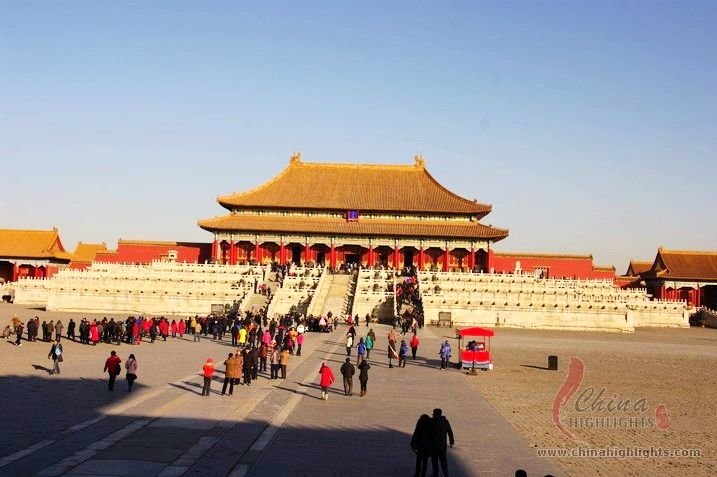 Taihe Palace, The Imperial Palace
Taihe Palace, The Imperial Palace -
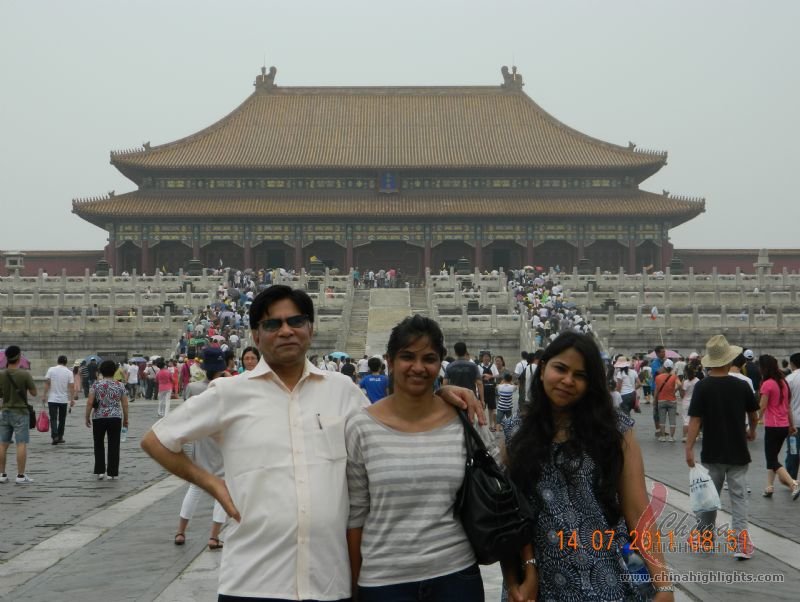 The Forbidden CityThe Forbidden City was the Chinese imperial palace from the Ming Dynasty to the end of the Qing Dynasty.
The Forbidden CityThe Forbidden City was the Chinese imperial palace from the Ming Dynasty to the end of the Qing Dynasty. -
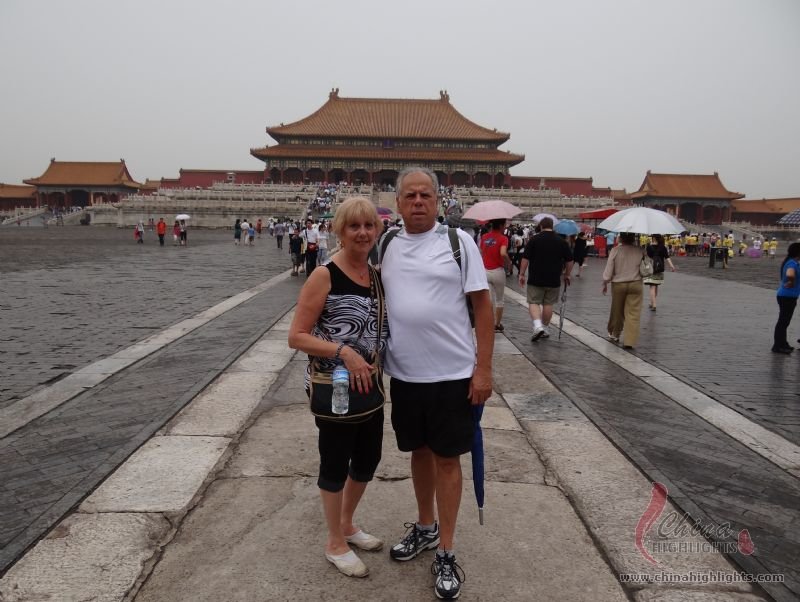 The Forbidden CityThe Forbidden City was the Chinese imperial palace from the Ming Dynasty to the end of the Qing Dynasty.
The Forbidden CityThe Forbidden City was the Chinese imperial palace from the Ming Dynasty to the end of the Qing Dynasty. -
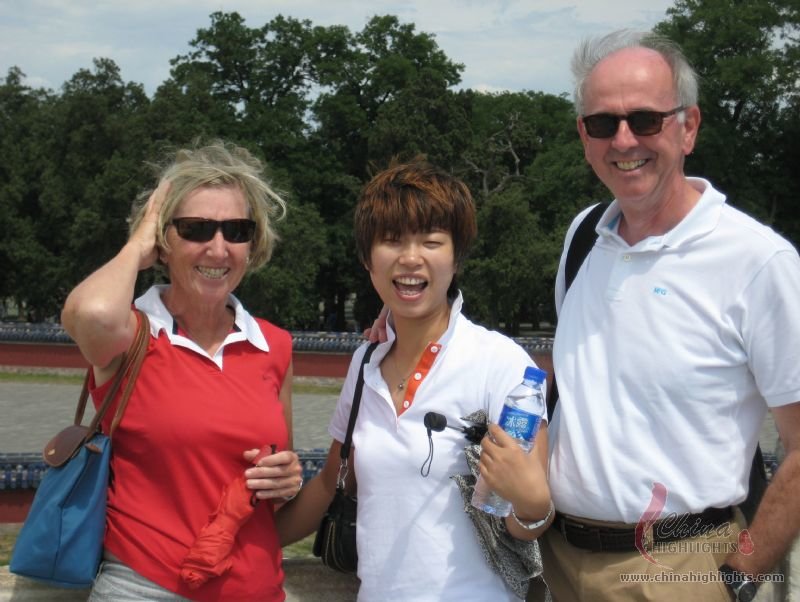 The Forbidden CityThe Forbidden City is the best preserved imperial palace in China and the largest ancient palatial structure in the world.
The Forbidden CityThe Forbidden City is the best preserved imperial palace in China and the largest ancient palatial structure in the world. -
 the Forbidden Citythe Forbidden City Imperial Palace is home to 24 Emperors between 1420 and 1911.
the Forbidden Citythe Forbidden City Imperial Palace is home to 24 Emperors between 1420 and 1911. -
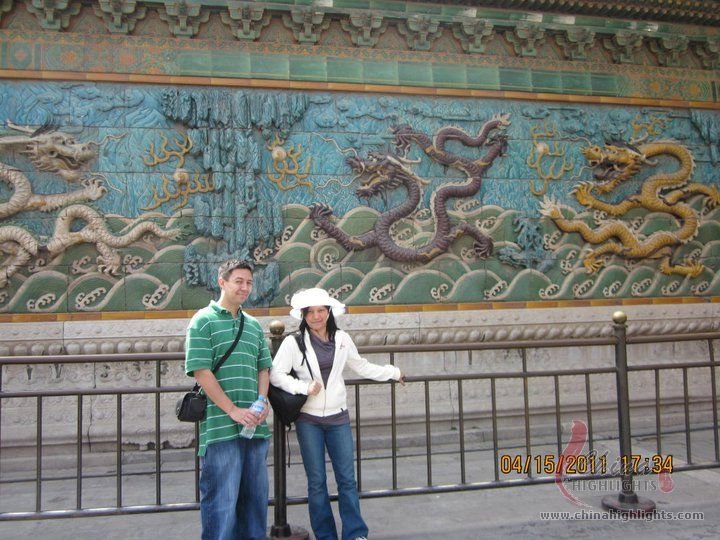 Nine Dragon Screen at the Fobidden CityNine Dragon Screen at the Fobidden City is one of the three famous Nine Dragons Screens in China, the best and the biggest in China.
Nine Dragon Screen at the Fobidden CityNine Dragon Screen at the Fobidden City is one of the three famous Nine Dragons Screens in China, the best and the biggest in China. -
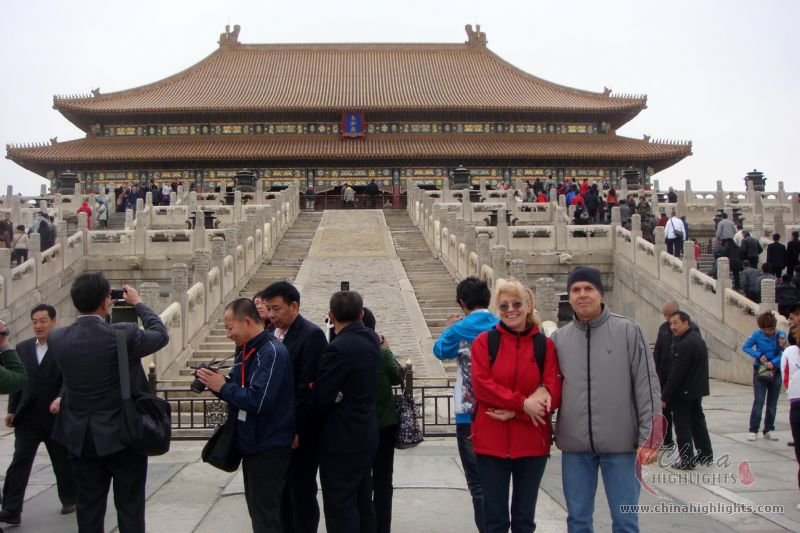 the Forbidden Citythe Forbidden City was home to 24 Emperors between 1420 and 1911.
the Forbidden Citythe Forbidden City was home to 24 Emperors between 1420 and 1911. -
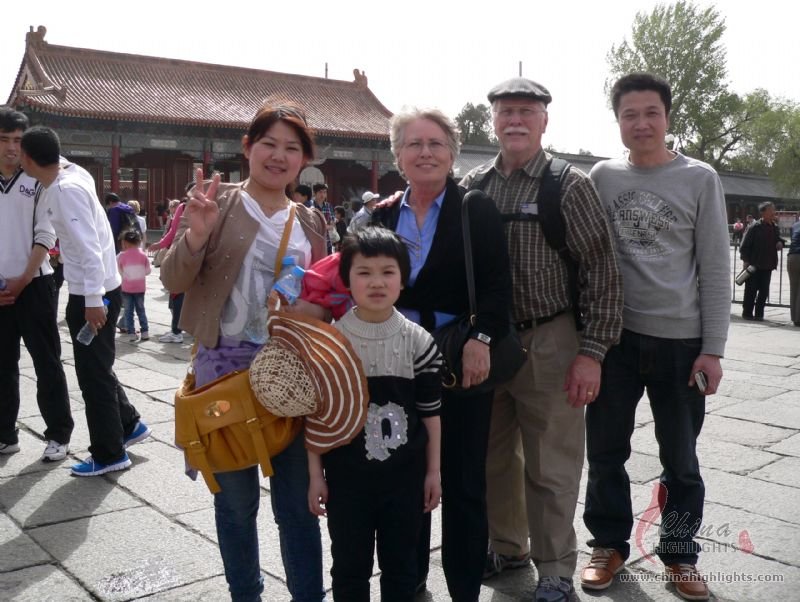 the Forbidden Citythe Forbidden City is a real treasure which houses Chinese cultural and historical relics.
the Forbidden Citythe Forbidden City is a real treasure which houses Chinese cultural and historical relics. -
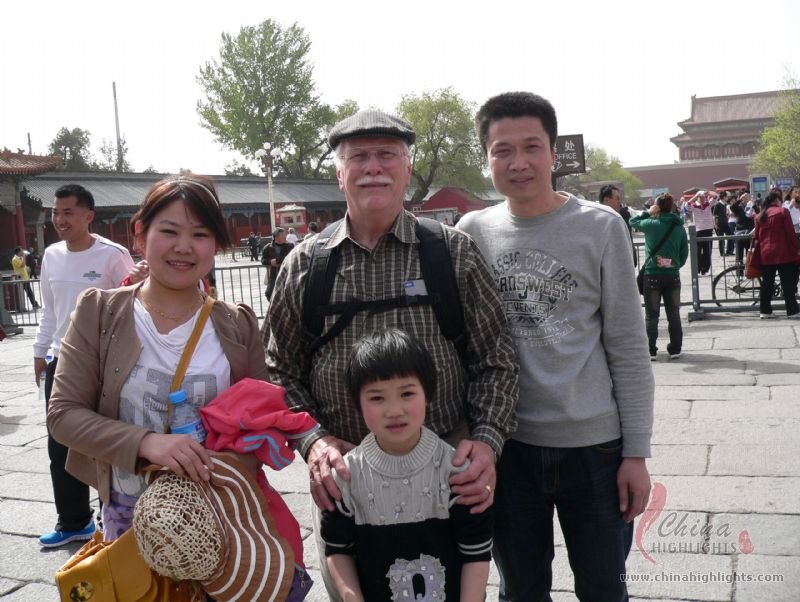 the Forbidden Citythe Forbidden City is a large-scale imperial complex which consists of 90 palaces and courtyards, around 1,000 buildings and nearly 8,700 rooms.
the Forbidden Citythe Forbidden City is a large-scale imperial complex which consists of 90 palaces and courtyards, around 1,000 buildings and nearly 8,700 rooms. -
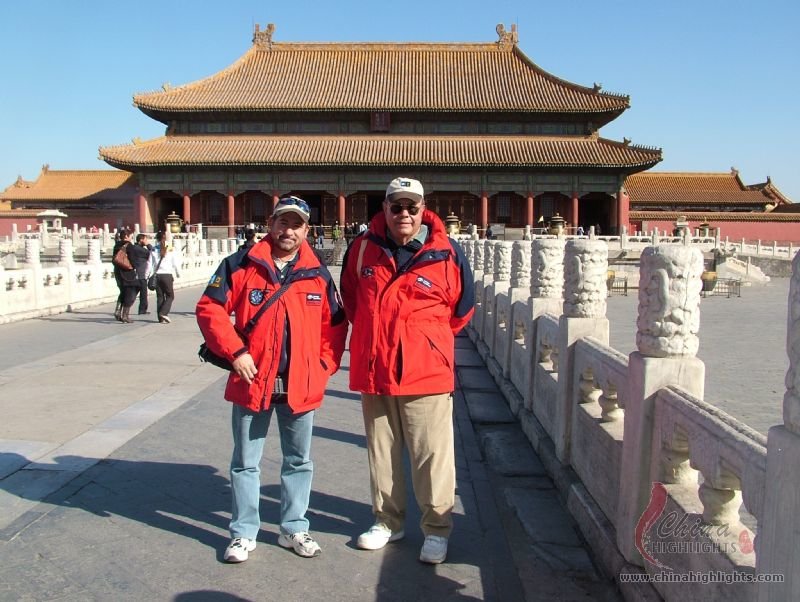 Forbidden CityForbidden City is the Imperial Palace home to 24 Emperors between 1420 and 1911.
Forbidden CityForbidden City is the Imperial Palace home to 24 Emperors between 1420 and 1911. -
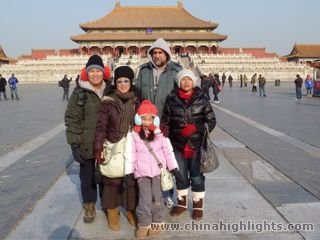 the Forbidden Citythe Hall of Supreme Harmony of the Fobidden City was symbol of the imperial power.
the Forbidden Citythe Hall of Supreme Harmony of the Fobidden City was symbol of the imperial power. -
.jpg) The Forbidden CityThe Forbidden City
The Forbidden CityThe Forbidden City -
.jpg) The Forbidden CityThe Forbidden City
The Forbidden CityThe Forbidden City -
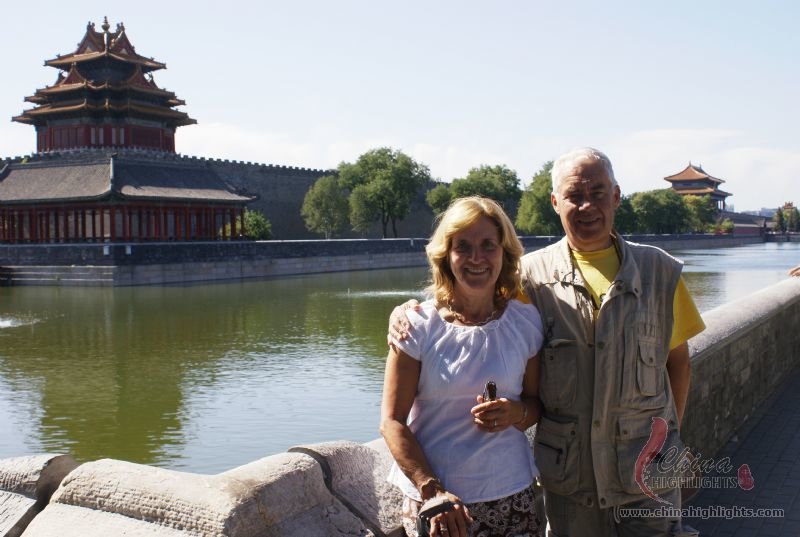 Forbidden CityThe Gate Building of the Forbidden City
Forbidden CityThe Gate Building of the Forbidden City - The Forbidden CityBronze lions placed in the Forbidden City.
-
 The Forbidden CityIn front of the Hall of Supreme Harmony.
The Forbidden CityIn front of the Hall of Supreme Harmony. -
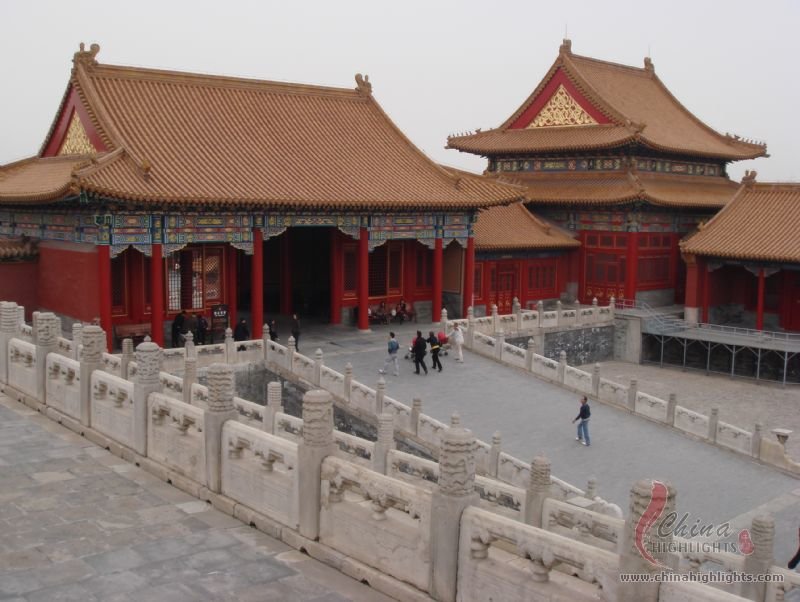 The Forbidden CityThe Forbidden City has been influential in the subsequent development of Chinese architecture, as well as providing inspiration for many modern constructions.
The Forbidden CityThe Forbidden City has been influential in the subsequent development of Chinese architecture, as well as providing inspiration for many modern constructions. -
 Meseum CollectionReligion was an important part of life for the imperial court, so there are many collections with relevance to religion remained.
Meseum CollectionReligion was an important part of life for the imperial court, so there are many collections with relevance to religion remained. -
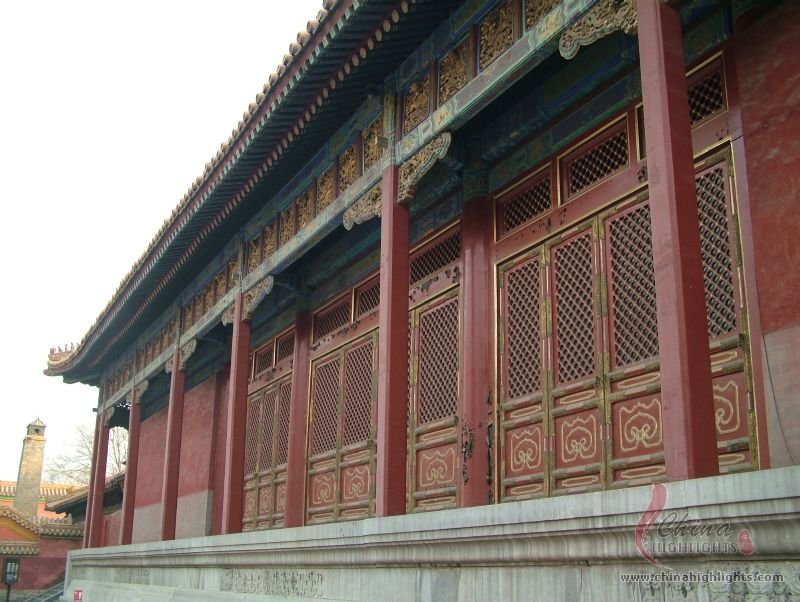 The Forbidden CityThe Forbidden City consists of 980 surviving buildings with 8,707 bays of rooms.
The Forbidden CityThe Forbidden City consists of 980 surviving buildings with 8,707 bays of rooms. -
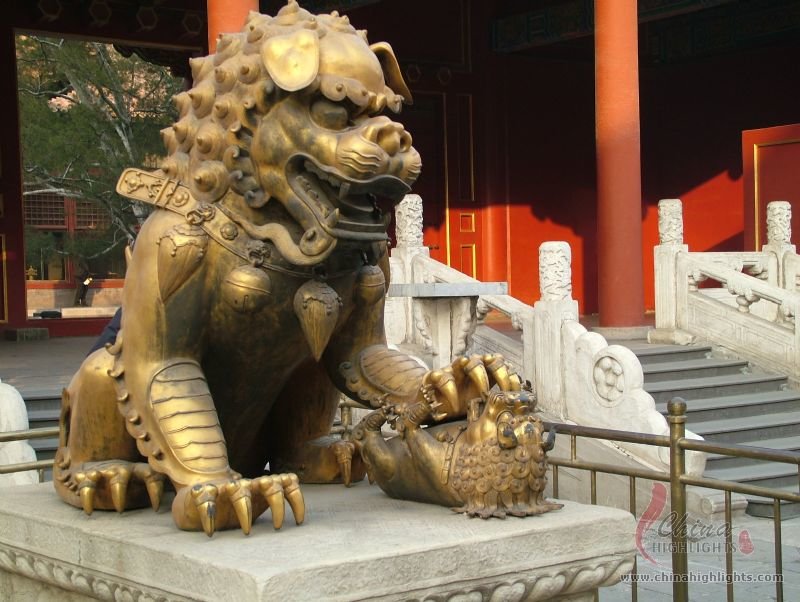 Bronze Lion StatueThe bronze lion statue is a symbol of imperial power.
Bronze Lion StatueThe bronze lion statue is a symbol of imperial power. -
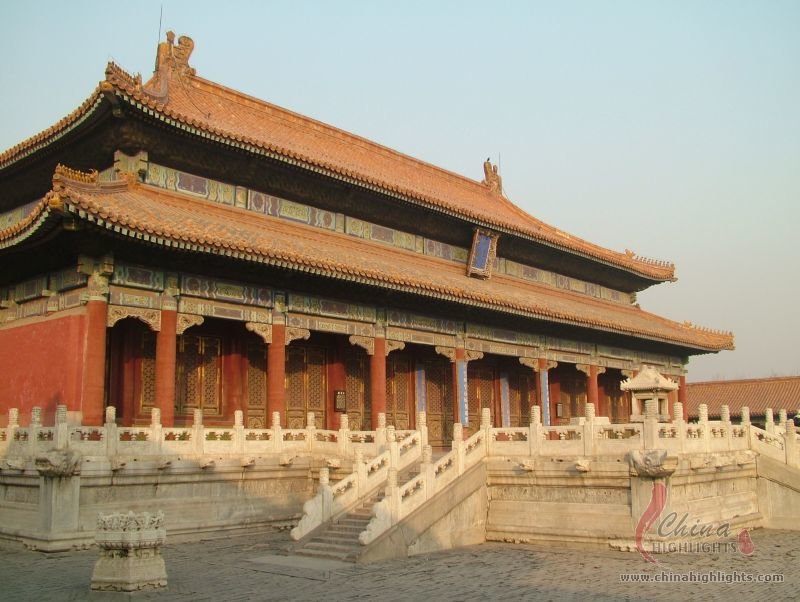 The Forbidden CityMaterial to construct it used include whole logs of precious Phoebe zhennan wood found in the jungles of south-western China, and large blocks of marble from quarries near Beijing.
The Forbidden CityMaterial to construct it used include whole logs of precious Phoebe zhennan wood found in the jungles of south-western China, and large blocks of marble from quarries near Beijing. -
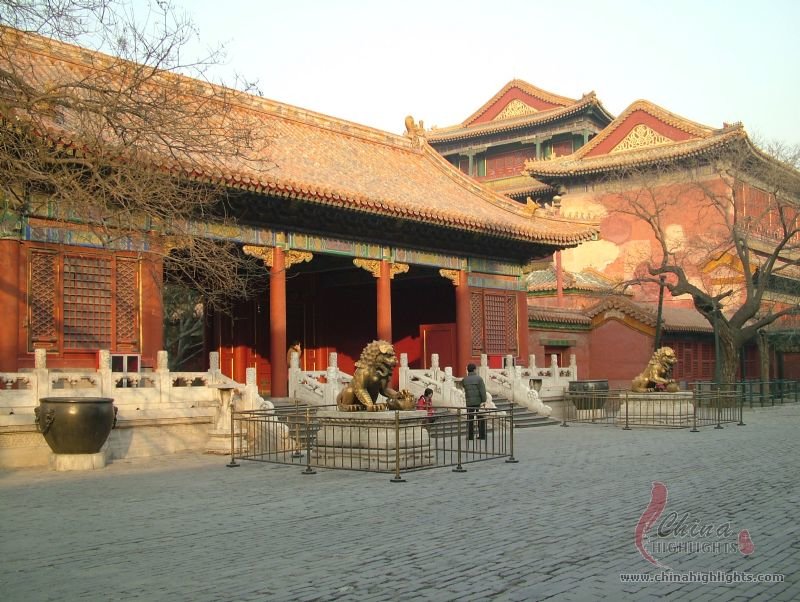 The Forbidden CityThe Forbidden City was declared a World Heritage Site in 1987, and is listed by UNESCO as the largest collection of preserved ancient wooden structures in the world.
The Forbidden CityThe Forbidden City was declared a World Heritage Site in 1987, and is listed by UNESCO as the largest collection of preserved ancient wooden structures in the world. -
 The Forbidden CityThe Forbidden City was the home of 24 emperors—fourteen of the Ming Dynasty and ten of the Qing Dynasty.
The Forbidden CityThe Forbidden City was the home of 24 emperors—fourteen of the Ming Dynasty and ten of the Qing Dynasty. -
 The Forbidden CityThe Forbidden City was declared a World Heritage Site in 1987 by UNESCO due to its significant place in the development of Chinese architecture and culture.
The Forbidden CityThe Forbidden City was declared a World Heritage Site in 1987 by UNESCO due to its significant place in the development of Chinese architecture and culture. -
 The Forbidden CityThe bronze lion statue is a symbol of imperial power.
The Forbidden CityThe bronze lion statue is a symbol of imperial power. -
 The Forbidden CityThe bronze lion statue is a symbol of imperial power.
The Forbidden CityThe bronze lion statue is a symbol of imperial power. -
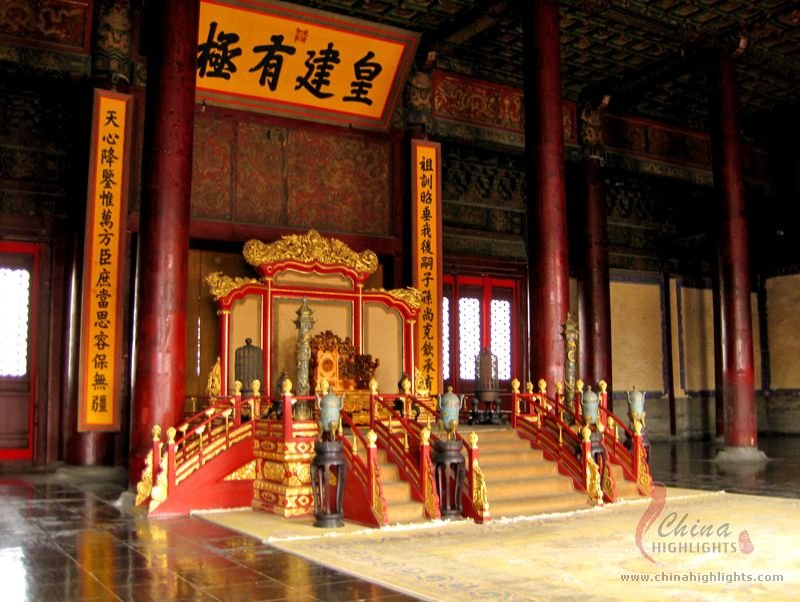 The Hall of Preserving HarmonyThe Hall of Preserving Harmony is one of the three halls of the Outer Court of the Forbidden City in Beijing.
The Hall of Preserving HarmonyThe Hall of Preserving Harmony is one of the three halls of the Outer Court of the Forbidden City in Beijing. -
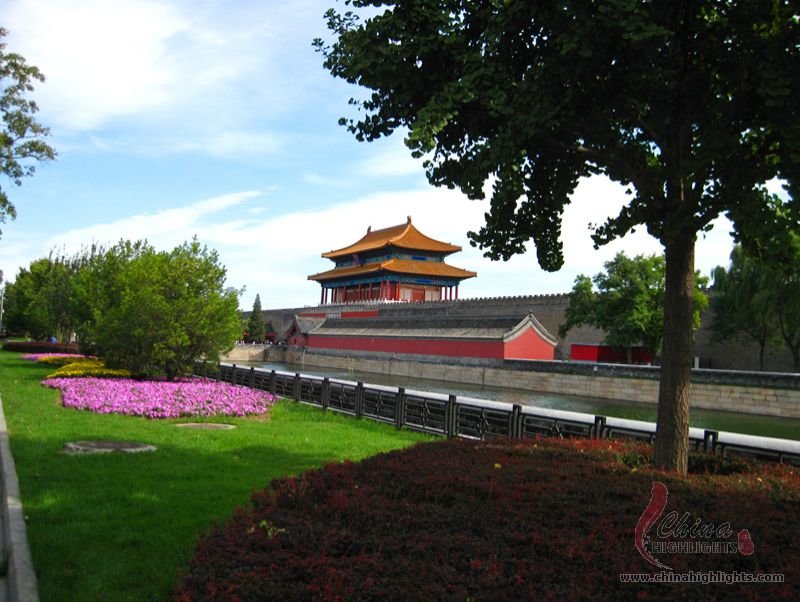 The Forbidden CitySplendid painted decoration on these royal architectural wonders, the grand and deluxe halls, with their surprisingly magnificent treasures will certainly satisfy "modern civilians".
The Forbidden CitySplendid painted decoration on these royal architectural wonders, the grand and deluxe halls, with their surprisingly magnificent treasures will certainly satisfy "modern civilians". -
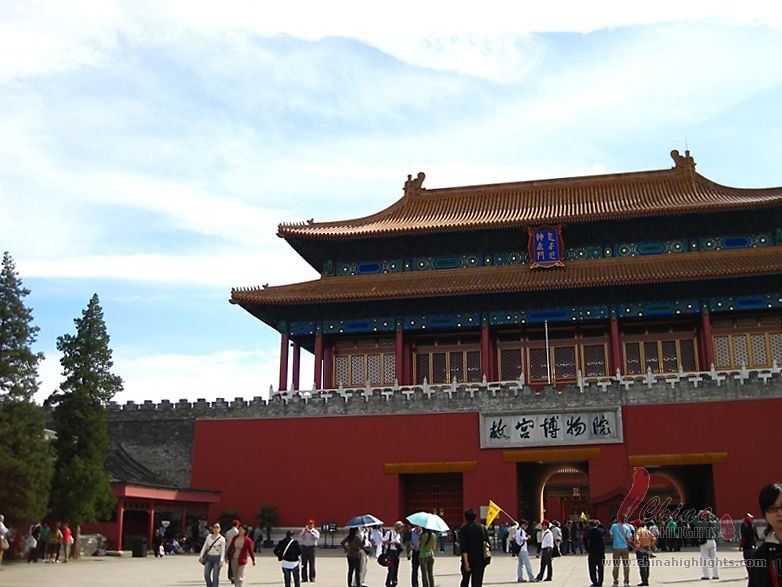 The Palace MuseumThe collections of the Palace Museum are based on the Qing imperial collection. According to the results of a 1925 audit,[64] some 1.17 million items were stored in the Forbidden City.
The Palace MuseumThe collections of the Palace Museum are based on the Qing imperial collection. According to the results of a 1925 audit,[64] some 1.17 million items were stored in the Forbidden City. -
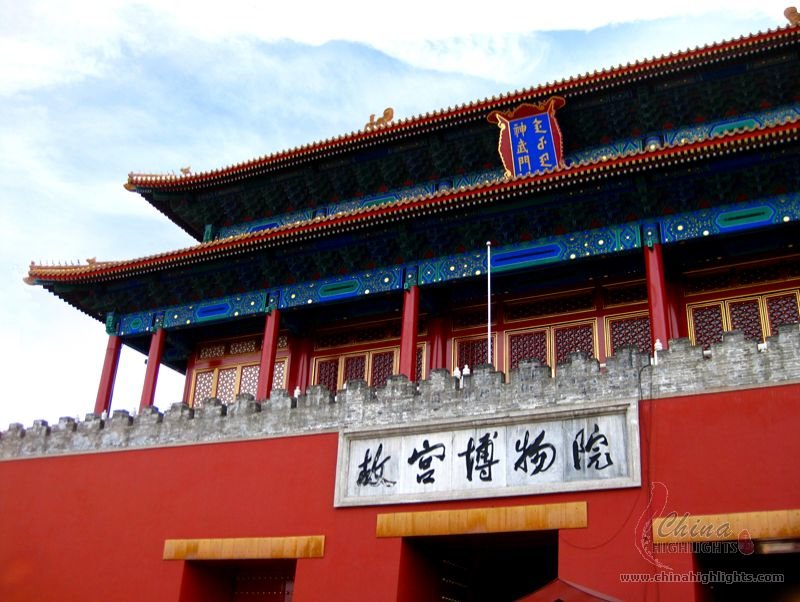 The Palace MuseumThis collection in the museum was expanded in the 20th century with new acquisitions, transfers from other museums, and new archaeological discoveries.
The Palace MuseumThis collection in the museum was expanded in the 20th century with new acquisitions, transfers from other museums, and new archaeological discoveries. -
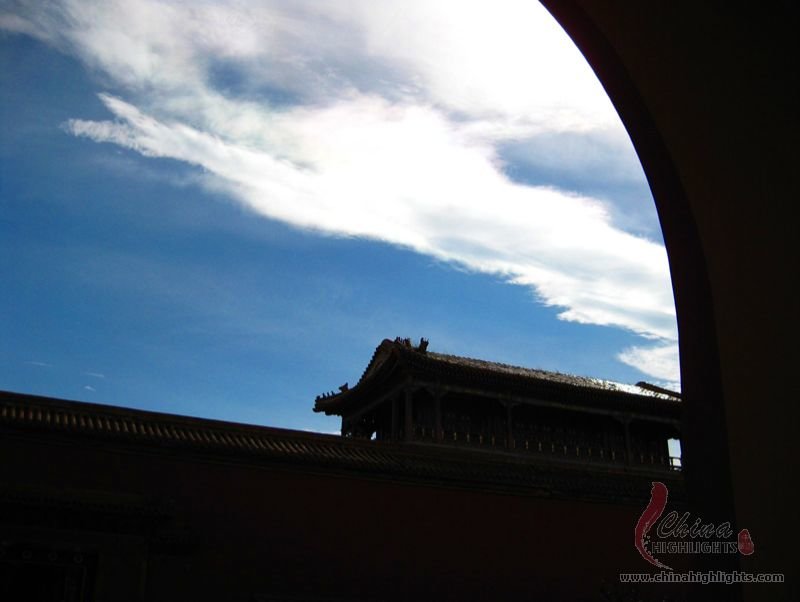 The Forbidden CityThings have changed dramatically over the years but history will remain history.
The Forbidden CityThings have changed dramatically over the years but history will remain history. -
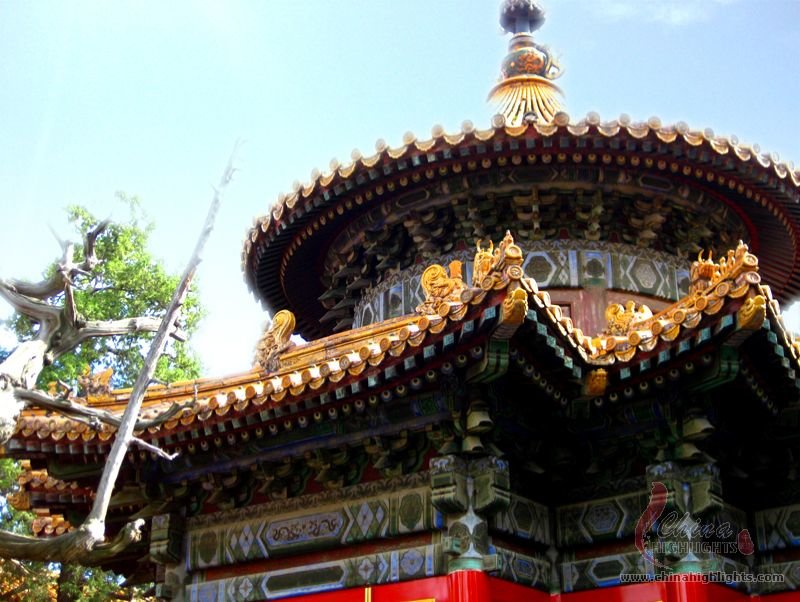 The Forbidden CityThe pavilion is so exquisite that evey detail was considered.
The Forbidden CityThe pavilion is so exquisite that evey detail was considered. -
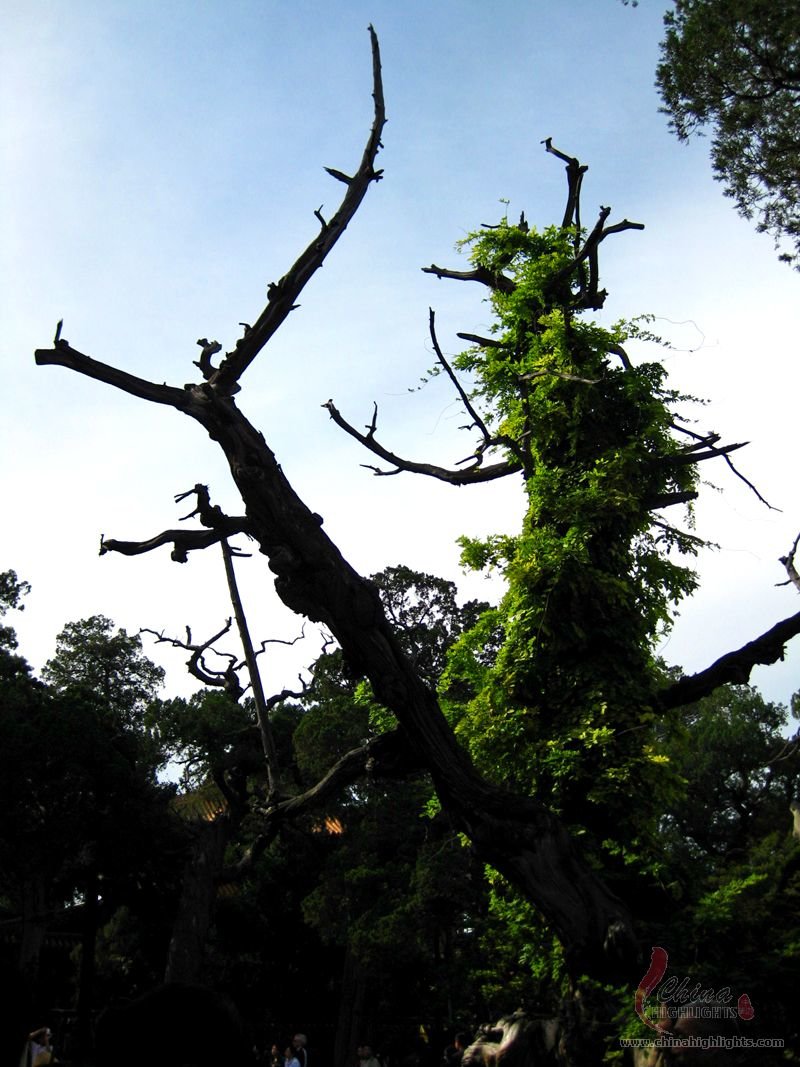 The Forbidden CityThings have changed dramatically over the years but history will remain history.
The Forbidden CityThings have changed dramatically over the years but history will remain history. -
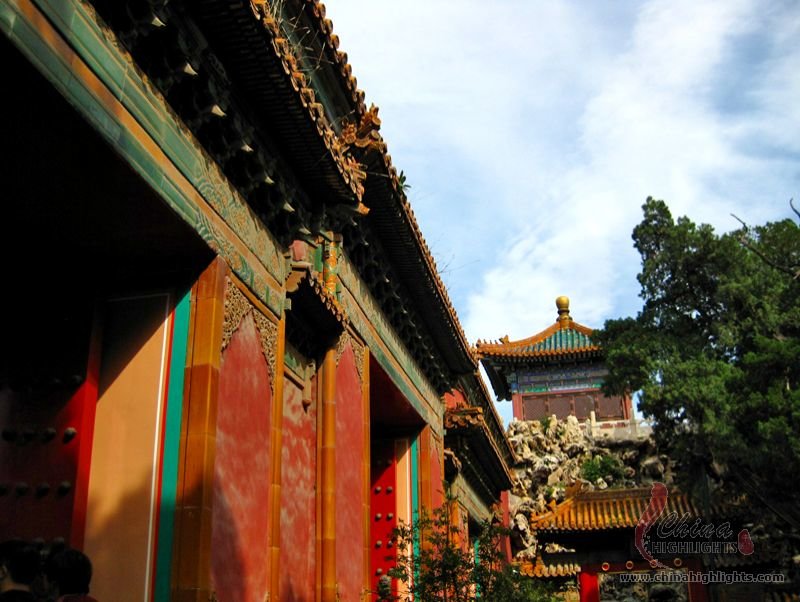 The Forbidden CityThe Forbidden City is the residence of the terrestrial emperor.
The Forbidden CityThe Forbidden City is the residence of the terrestrial emperor. -
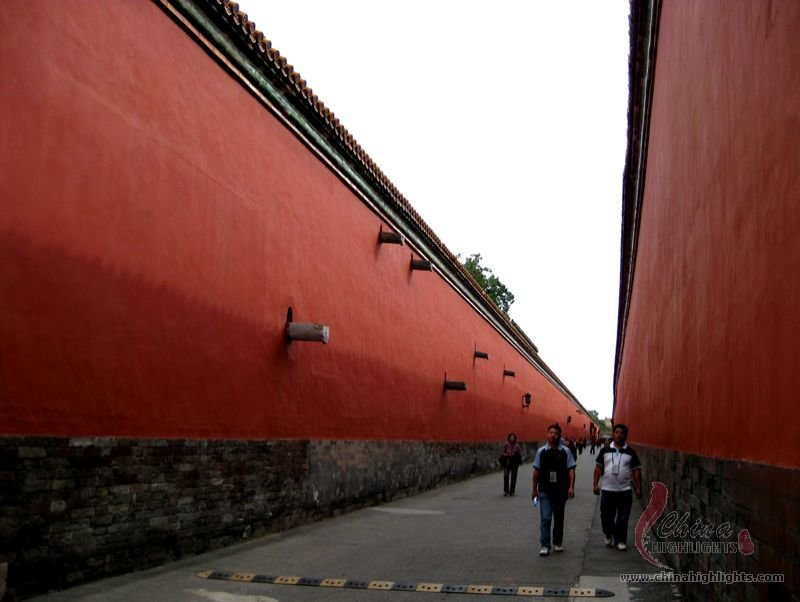 The Forbidden CityForbidden City is surrounded by a 7.9 metres (26 ft) high city wall and a six-metre deep, 52 metres (170 ft) wide moat.
The Forbidden CityForbidden City is surrounded by a 7.9 metres (26 ft) high city wall and a six-metre deep, 52 metres (170 ft) wide moat. -
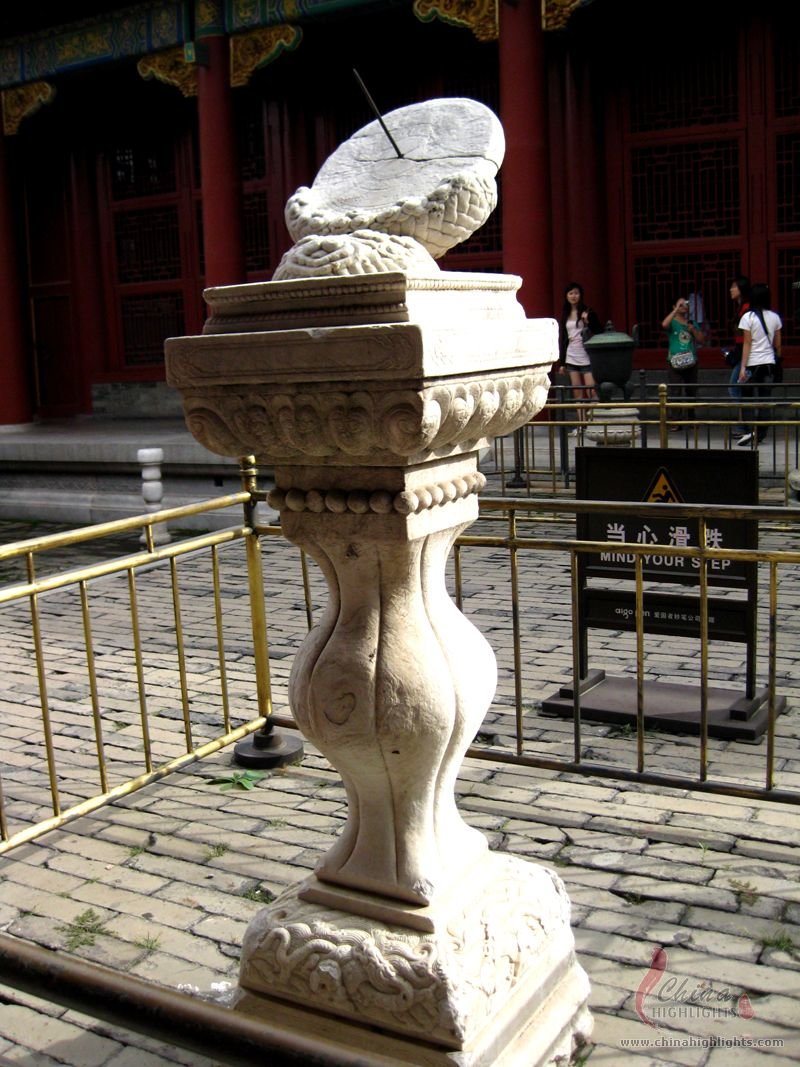 SundialA sundial is a device that measures time by the position of the Sun.
SundialA sundial is a device that measures time by the position of the Sun. -
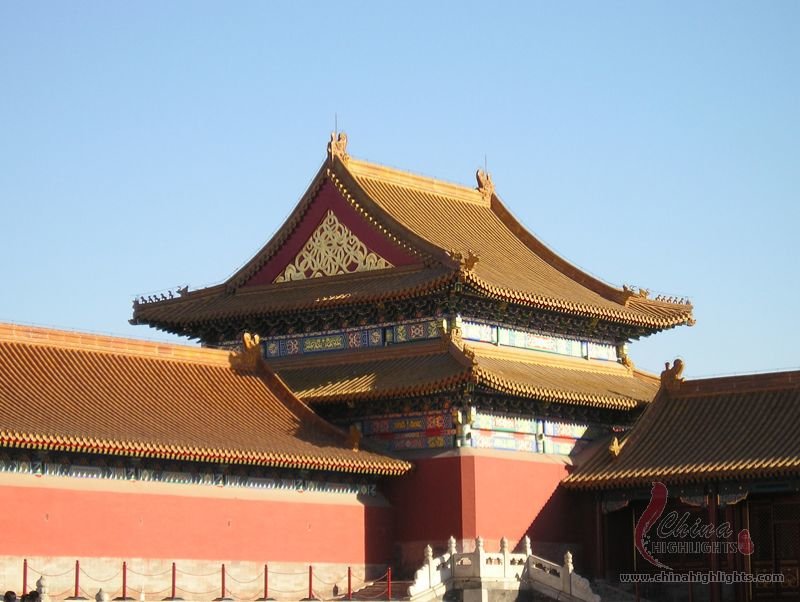 The Forbidden CityThe Forbidden City was the home of 24 emperors—fourteen of the Ming Dynasty and ten of the Qing Dynasty.
The Forbidden CityThe Forbidden City was the home of 24 emperors—fourteen of the Ming Dynasty and ten of the Qing Dynasty. -
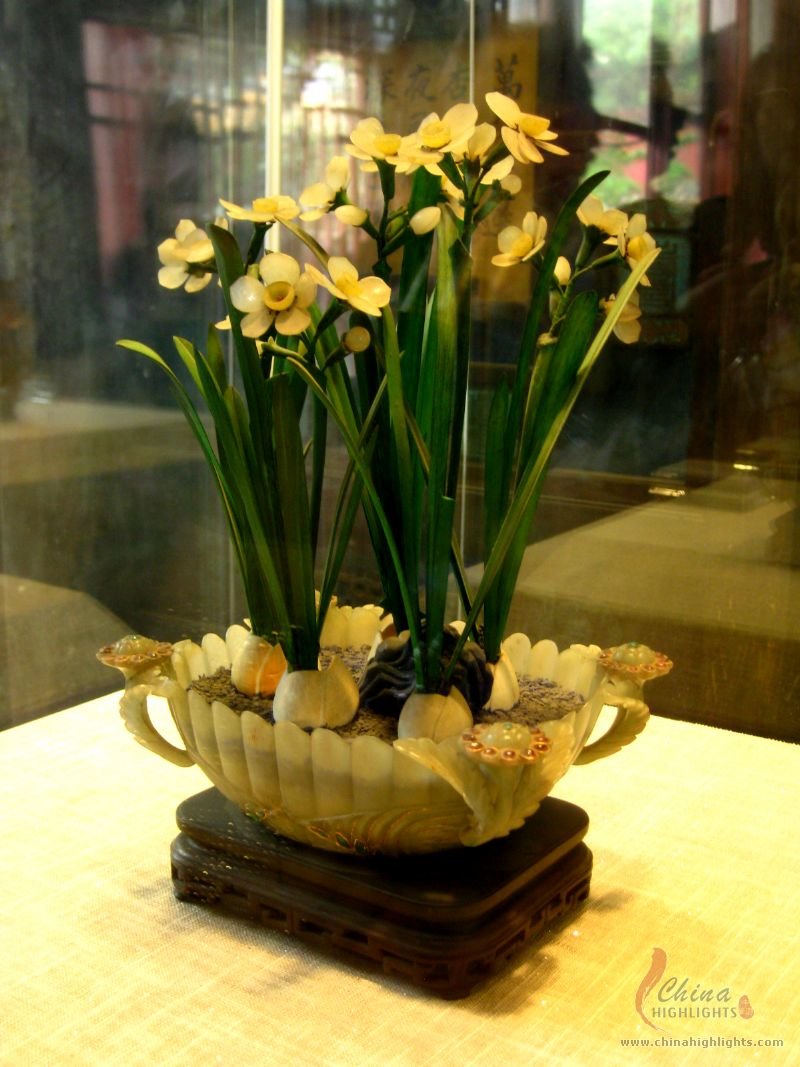 Museum collection
Museum collection -
 RuyiRuyi is an S-shaped ornamental object, which formerly is a symbol of good luck.
RuyiRuyi is an S-shaped ornamental object, which formerly is a symbol of good luck. -
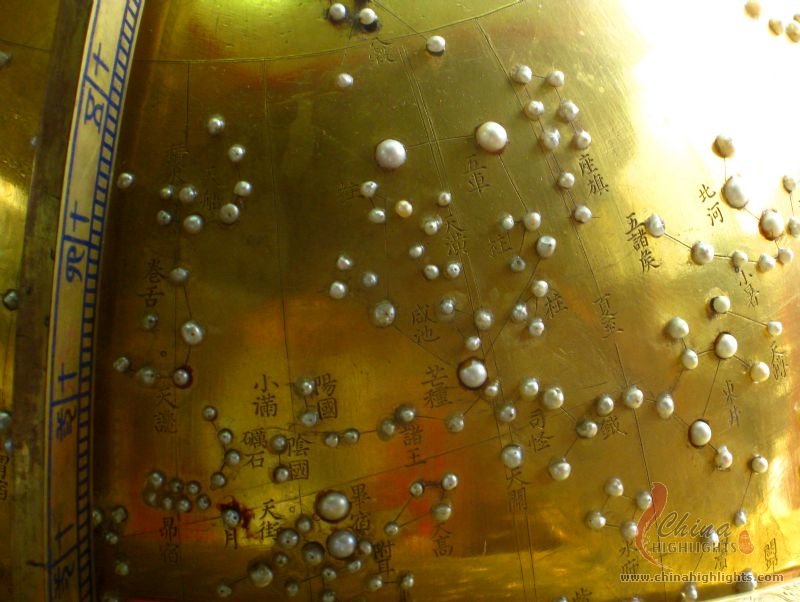 Museum collection
Museum collection -
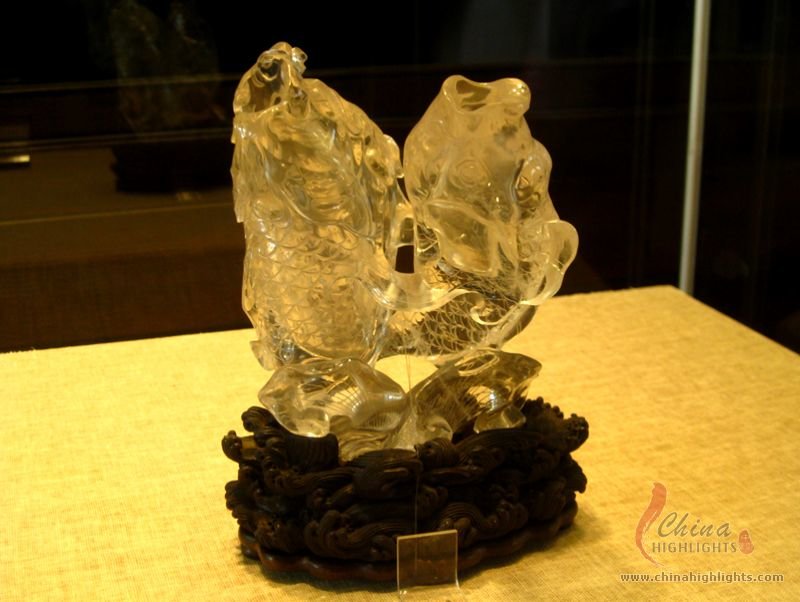 Museum collectionThis pair of fish are made of crystal, glittering and translucent.
Museum collectionThis pair of fish are made of crystal, glittering and translucent. -
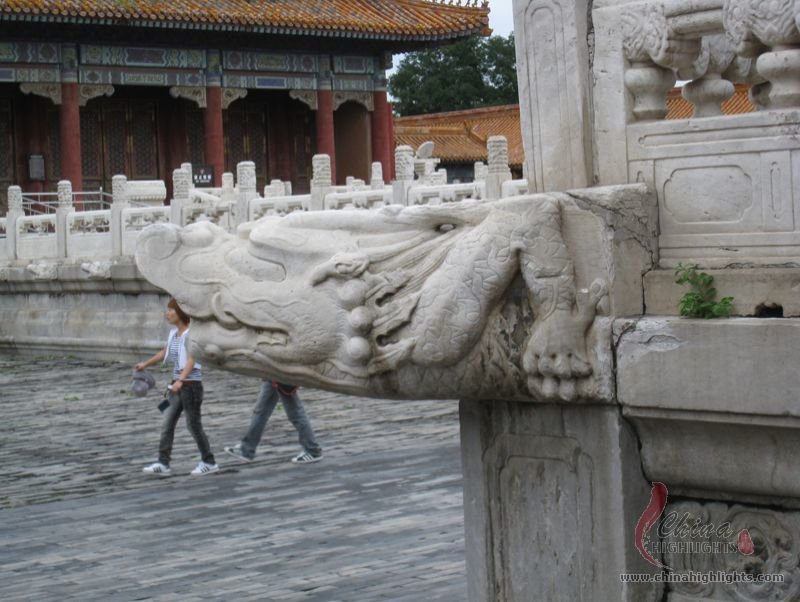 The Forbidden CityMany stone dragons' heads on the balusters serve a practical purpose of drainage. On rainy days, over one thousand dragons on the terraces spout rainwater from their mouths at the same time.
The Forbidden CityMany stone dragons' heads on the balusters serve a practical purpose of drainage. On rainy days, over one thousand dragons on the terraces spout rainwater from their mouths at the same time. -
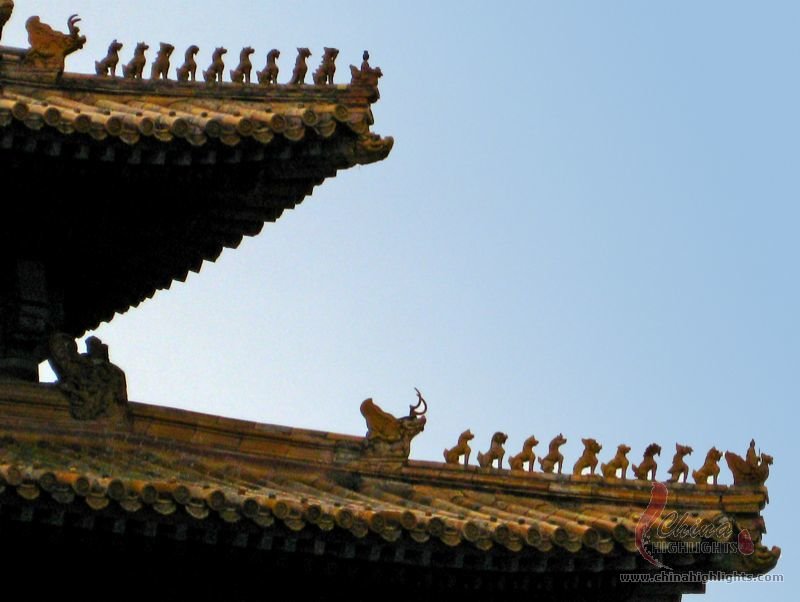 The Forbidden CityThe sloping ridges of building roofs are decorated with a line of statuettes lead by a man riding a phoenix and followed by an imperial dragon.
The Forbidden CityThe sloping ridges of building roofs are decorated with a line of statuettes lead by a man riding a phoenix and followed by an imperial dragon. -
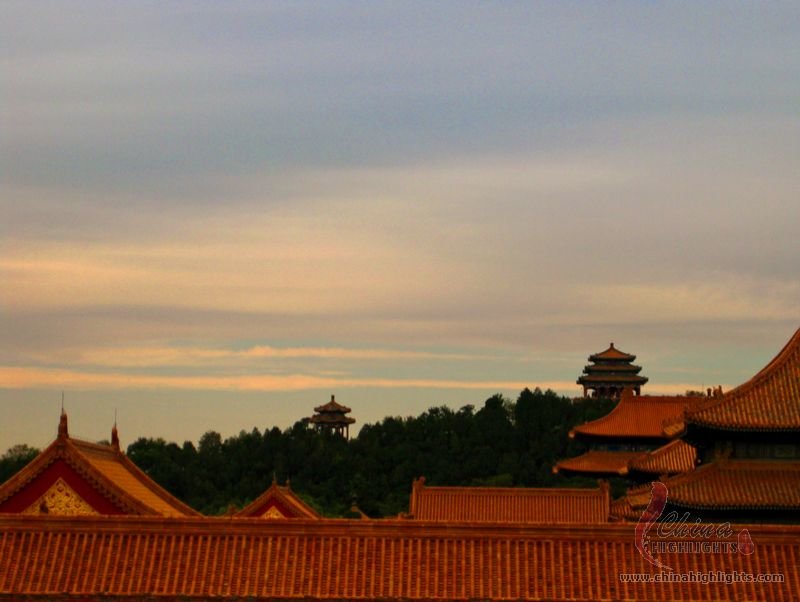 The Forbidden CityThe incomparable palace occupies an area of 720,000 square meters (177.9 acres) and has approximately 8,700 rooms.
The Forbidden CityThe incomparable palace occupies an area of 720,000 square meters (177.9 acres) and has approximately 8,700 rooms. -
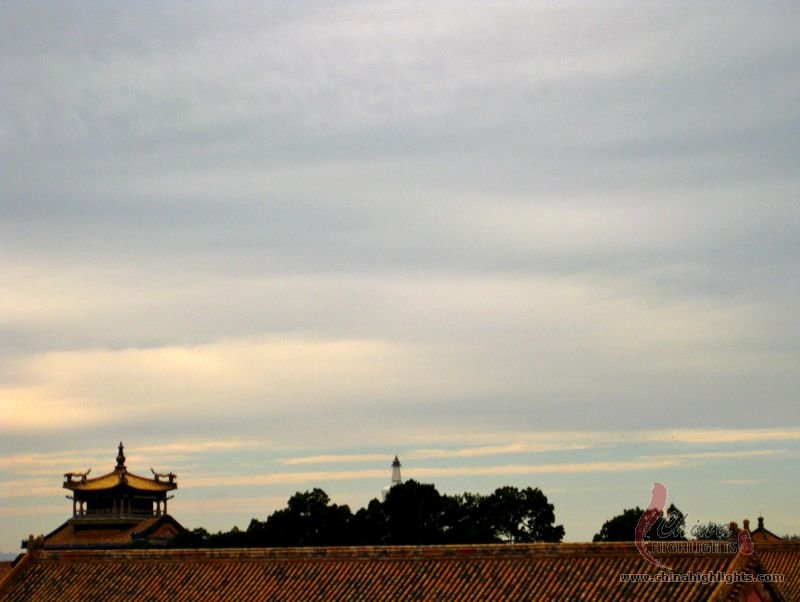 The Forbidden CityThe Forbidden City is the most magnificent and splendid palace complex in China and one of the five world-famous palaces.
The Forbidden CityThe Forbidden City is the most magnificent and splendid palace complex in China and one of the five world-famous palaces. -
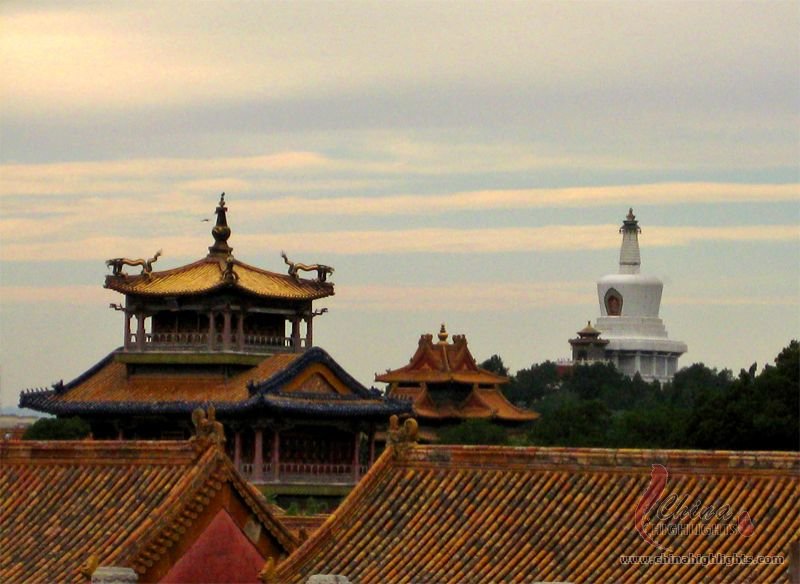 The Forbidden CityThe Forbidden City is the most magnificent and splendid palace complex in China and one of the five world-famous palaces.
The Forbidden CityThe Forbidden City is the most magnificent and splendid palace complex in China and one of the five world-famous palaces. -
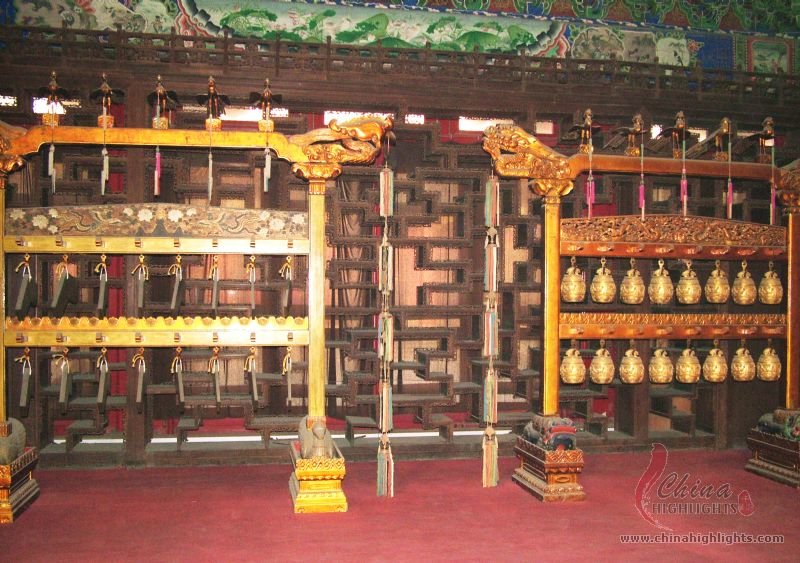 ChimeChime is a kind of instrument in ancient China.
ChimeChime is a kind of instrument in ancient China. -
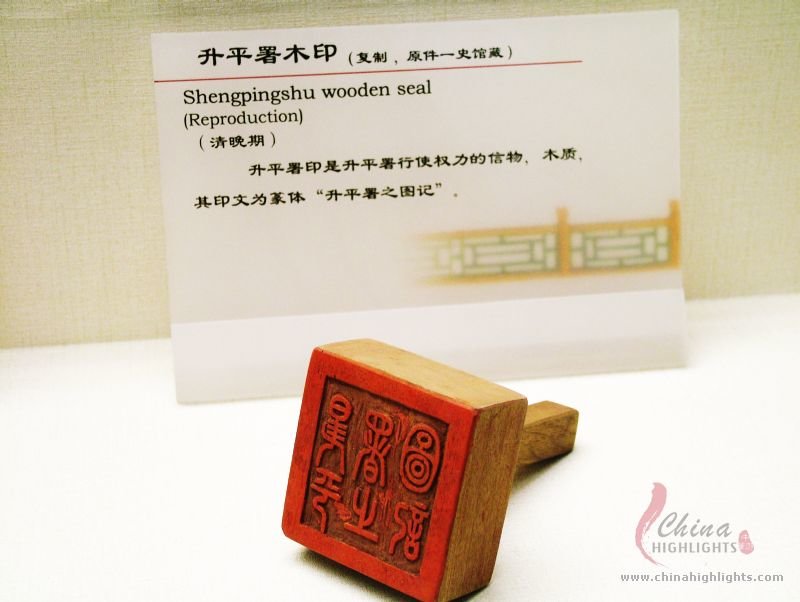 StampThe collections of the Palace Museum are based on the Qing imperial collection. According to the results of a 1925 audit, some 1.17 million items were stored in the Forbidden City.
StampThe collections of the Palace Museum are based on the Qing imperial collection. According to the results of a 1925 audit, some 1.17 million items were stored in the Forbidden City. -
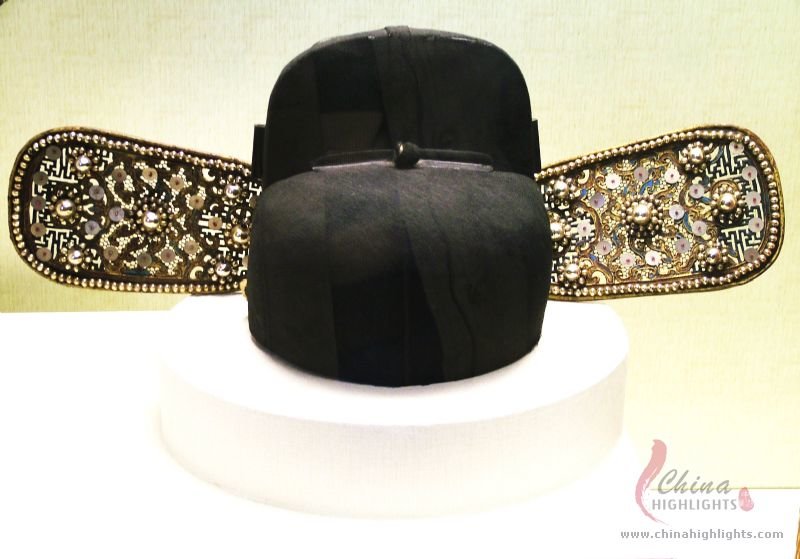 Hat
Hat -
 Golden VaseThe golden vase suggests the luxurious life of royalty.
Golden VaseThe golden vase suggests the luxurious life of royalty. -
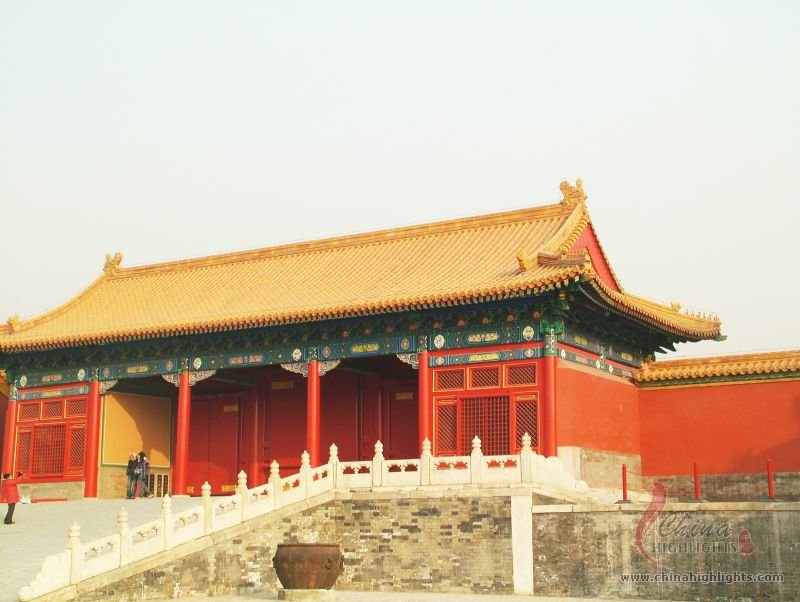 The Forbidden CityPalaces within the Forbidden City are grand and resplendent.
The Forbidden CityPalaces within the Forbidden City are grand and resplendent. -
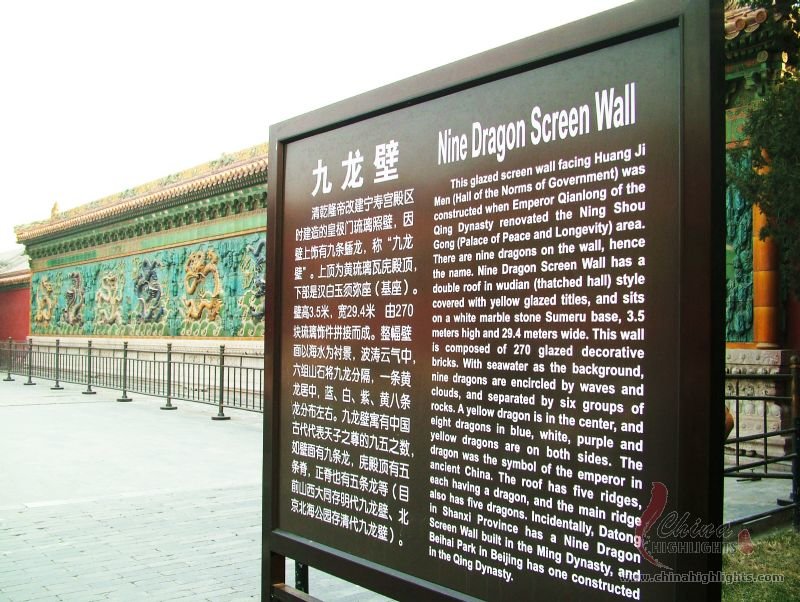 Nine Dragon ScreenComposed of 270 glazed tiles, it depicts nine writhing dragons playing with pearls against a background of the sea and clouds.
Nine Dragon ScreenComposed of 270 glazed tiles, it depicts nine writhing dragons playing with pearls against a background of the sea and clouds. -
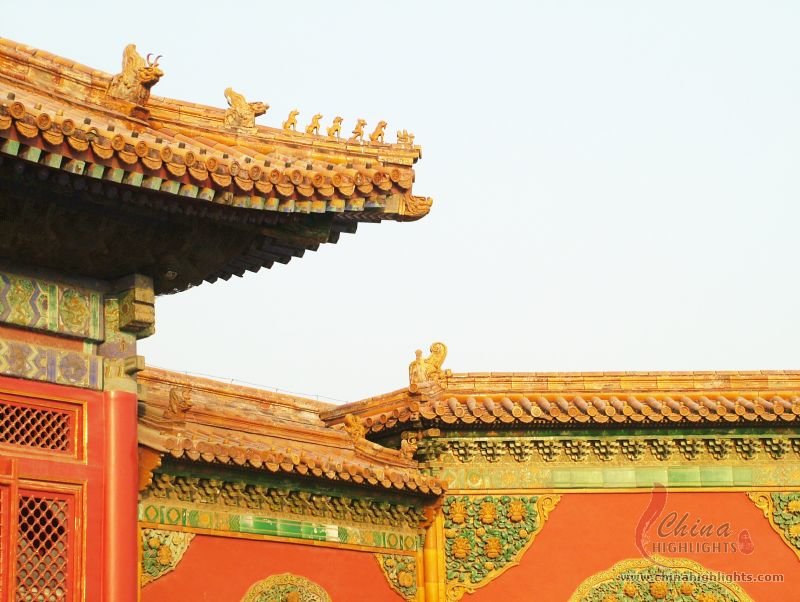 The Forbidden CityListed by UNESCO as a World Cultural Heritage Site in 1987, the Palace Museum is now one of the most popular tourist attractions world wide.
The Forbidden CityListed by UNESCO as a World Cultural Heritage Site in 1987, the Palace Museum is now one of the most popular tourist attractions world wide. -
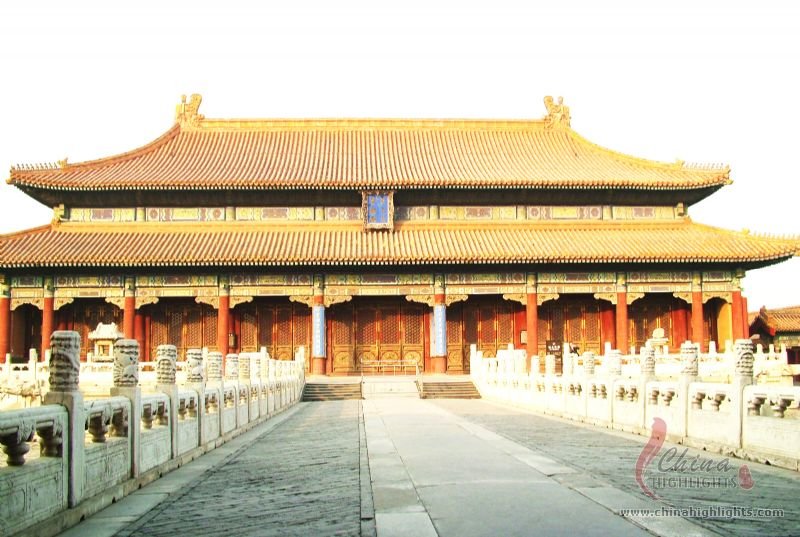 The Palace of Heavenly PurityOn festivals, family banquets and ceremonies took place in the hall.
The Palace of Heavenly PurityOn festivals, family banquets and ceremonies took place in the hall. -
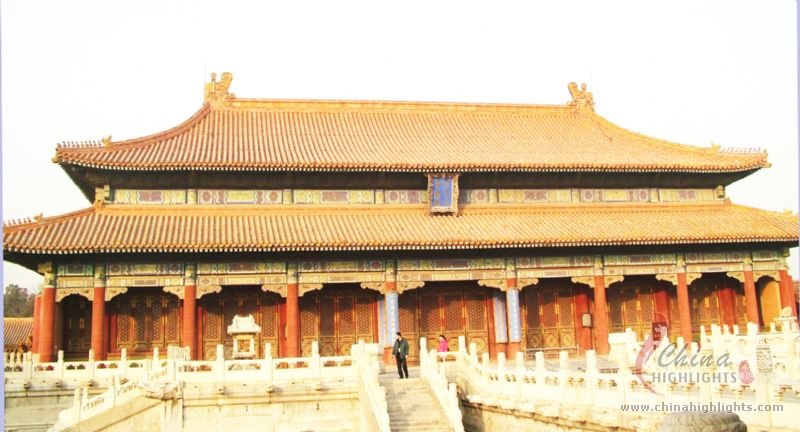 The Forbidden CityConstruction of the palace complex began in 1407, the 5th year of the Yongle reign of the third emperor of the Ming dynasty. It was completed fourteen years later in 1420.
The Forbidden CityConstruction of the palace complex began in 1407, the 5th year of the Yongle reign of the third emperor of the Ming dynasty. It was completed fourteen years later in 1420. -
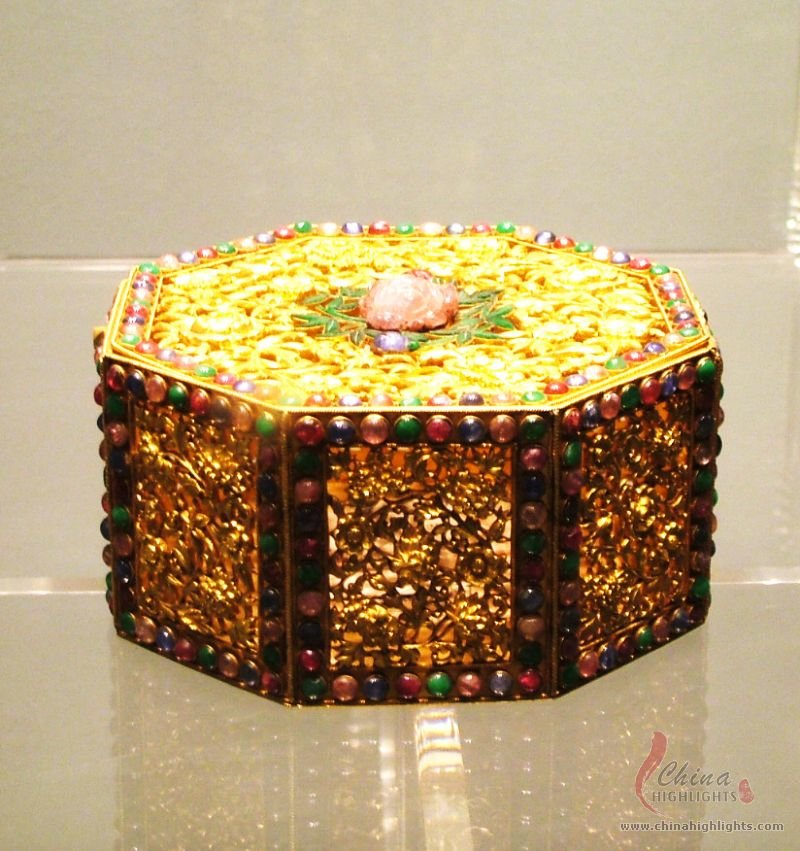 Jewellery Box
Jewellery Box -
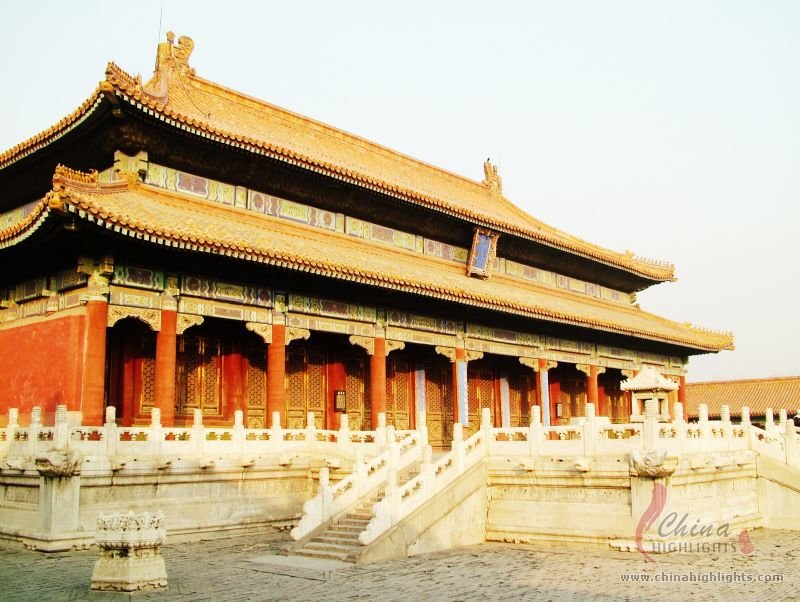 The Forbidden CityListed by UNESCO as a World Cultural Heritage Site in 1987, the Palace Museum is now one of the most popular tourist attractions world wide.
The Forbidden CityListed by UNESCO as a World Cultural Heritage Site in 1987, the Palace Museum is now one of the most popular tourist attractions world wide. -
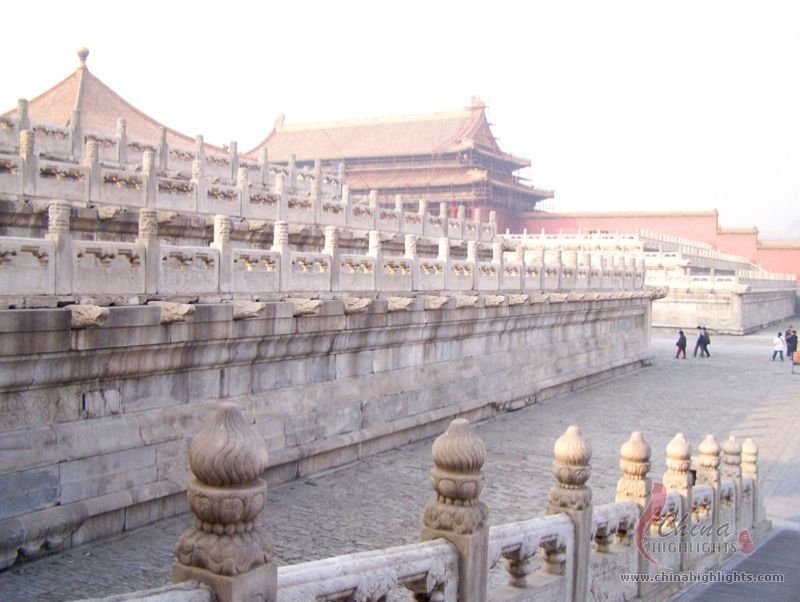 The Forbidden CityThe complexity of the constructed palace is impressive.
The Forbidden CityThe complexity of the constructed palace is impressive. -
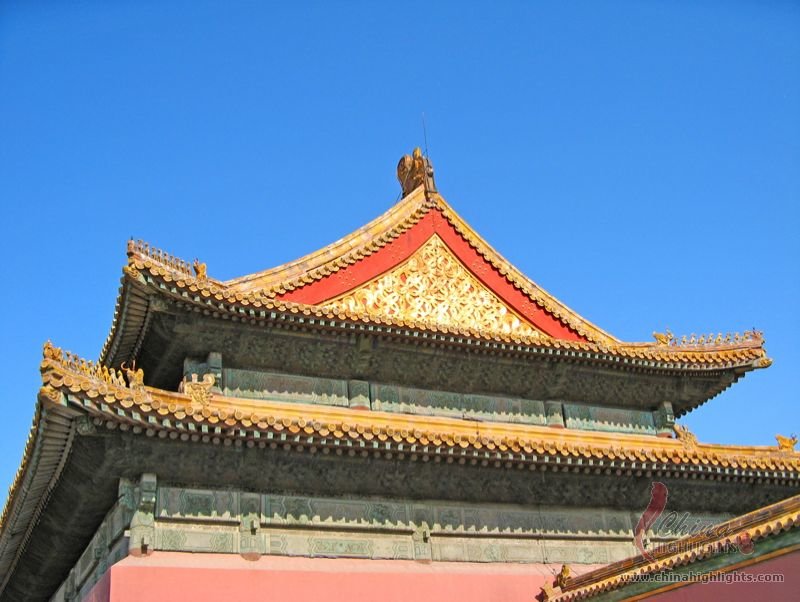 The Forbidden City
The Forbidden City -
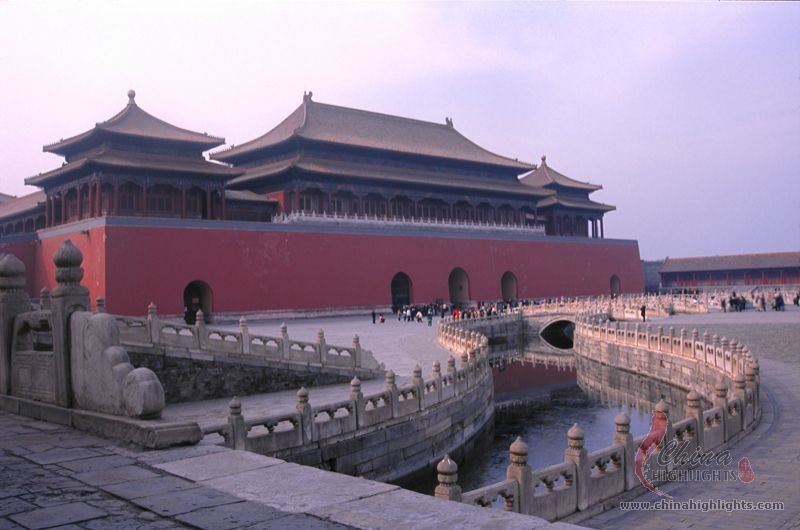 The Forbidden CityThe Forbidden City was declared a World Heritage Site in 1987 by UNESCO due to its significant place in the development of Chinese architecture and culture.
The Forbidden CityThe Forbidden City was declared a World Heritage Site in 1987 by UNESCO due to its significant place in the development of Chinese architecture and culture. -
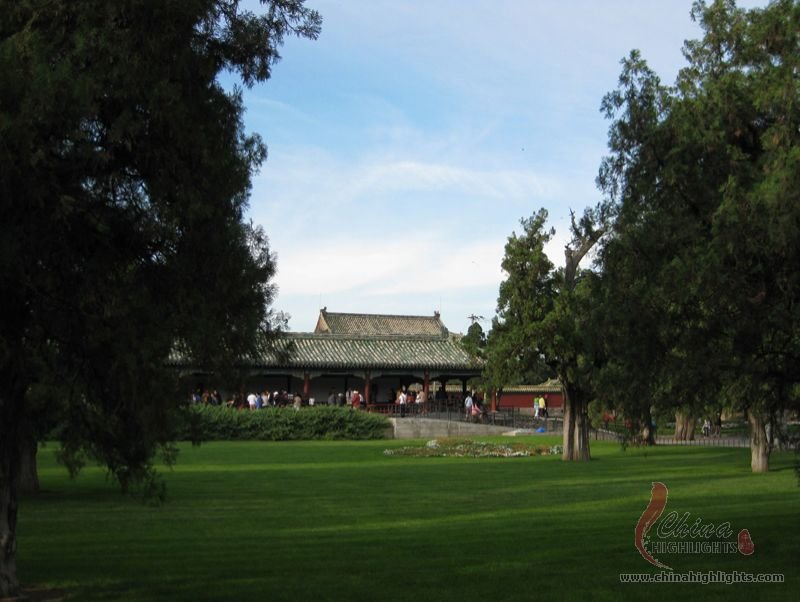 The Forbidden CityBesides the grand architecture, the beautiful scenery is also attractive.
The Forbidden CityBesides the grand architecture, the beautiful scenery is also attractive. -
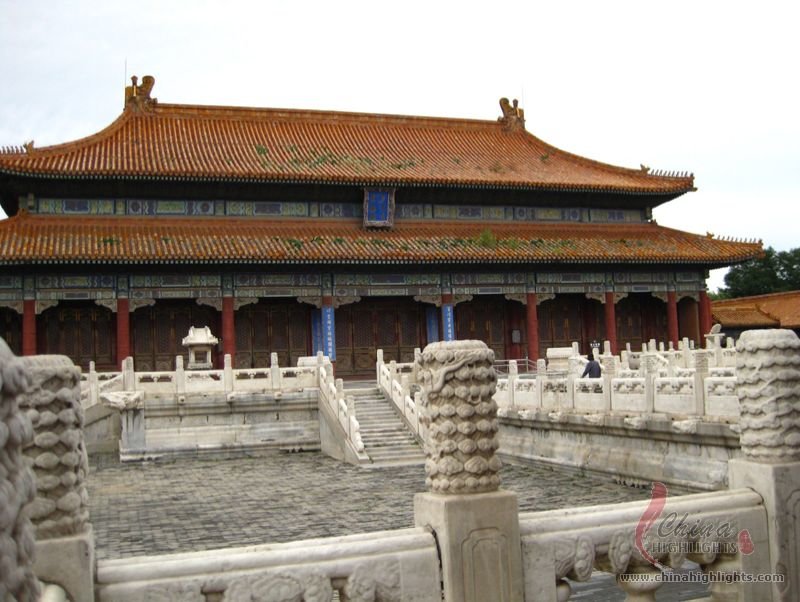 The Forbidden CityWith roofs covered with golden glazed tile, red painted walls and grey-white bases, the rectangular palace appears extremely luxurious and grand.
The Forbidden CityWith roofs covered with golden glazed tile, red painted walls and grey-white bases, the rectangular palace appears extremely luxurious and grand. -
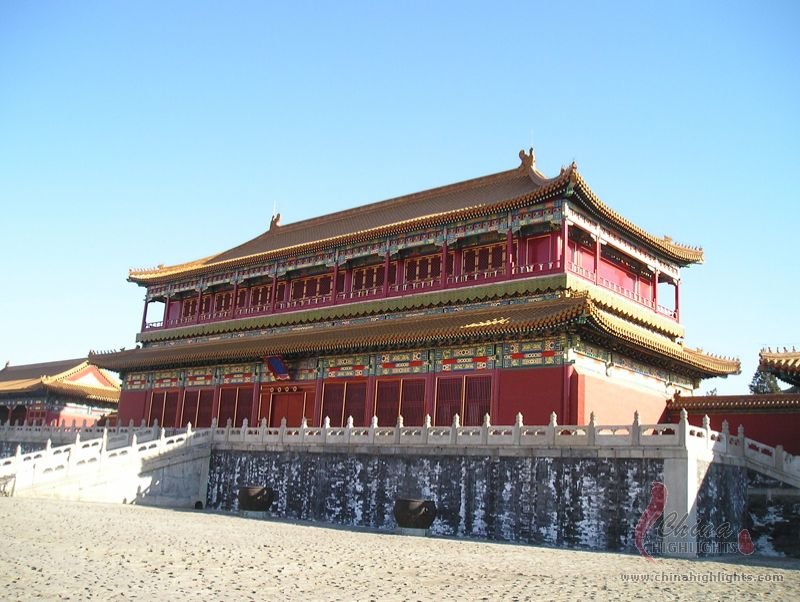 The Forbidden CityWith roofs covered with golden glazed tile, red painted walls and grey-white bases, the rectangular palace appears extremely luxurious and grand.
The Forbidden CityWith roofs covered with golden glazed tile, red painted walls and grey-white bases, the rectangular palace appears extremely luxurious and grand. -
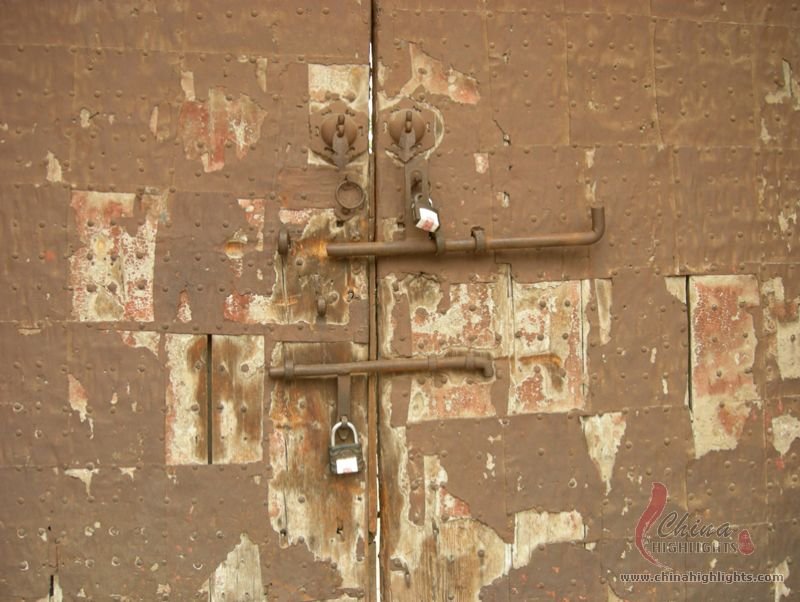 An Old DoorUp to now, the forbidden City has a history of more than 500 years.
An Old DoorUp to now, the forbidden City has a history of more than 500 years. -
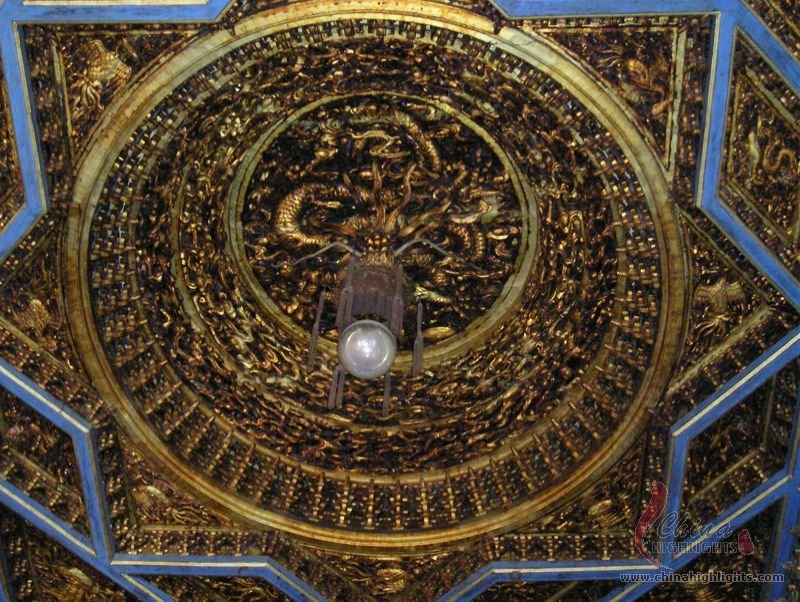 The Forbidden CityThe palace, the most magnificent and splendid palace complex in China, was listed as a World Cultural Heritage Building in 1987.
The Forbidden CityThe palace, the most magnificent and splendid palace complex in China, was listed as a World Cultural Heritage Building in 1987. -
 The CeilingThe Ceiling is exquisite and luxurious.
The CeilingThe Ceiling is exquisite and luxurious. -
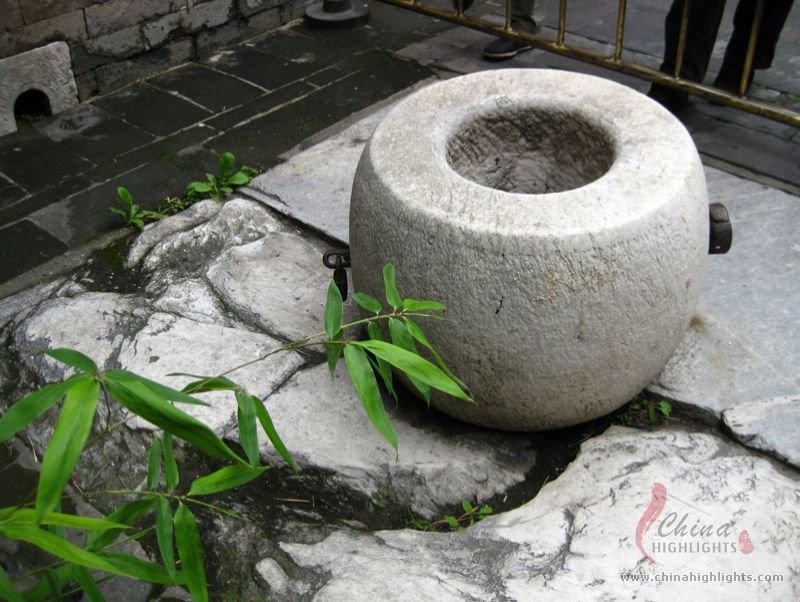 The WellAn imperial concubine was pushed into the well and died.
The WellAn imperial concubine was pushed into the well and died. -
 SeatIt is a seat had been used by royal members.
SeatIt is a seat had been used by royal members. -
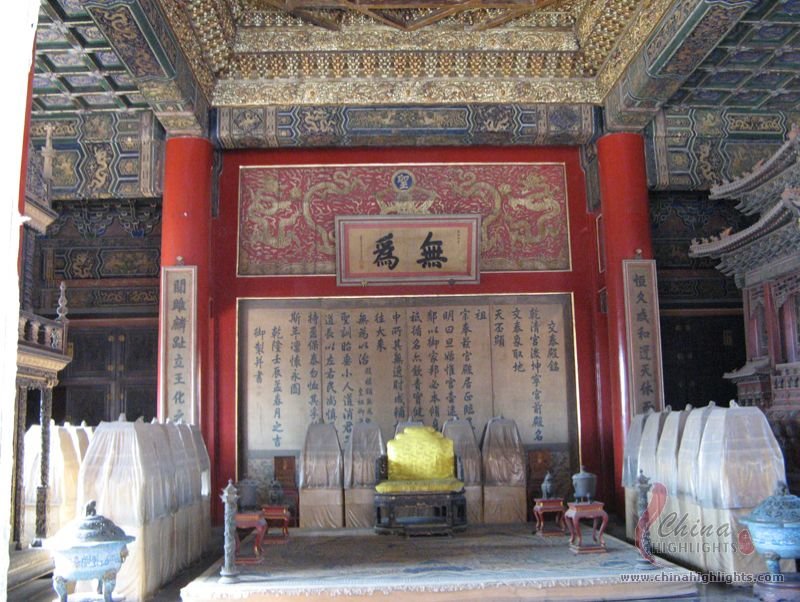 The Hall of UnionThe words on the horizontal board was written by Emperor Kangxi in Qing Dynasty.
The Hall of UnionThe words on the horizontal board was written by Emperor Kangxi in Qing Dynasty. -
 The Forbidden CityThe Forbidden City is the culmination of the two-thousand-year development of classical Chinese and East Asian architecture.
The Forbidden CityThe Forbidden City is the culmination of the two-thousand-year development of classical Chinese and East Asian architecture. -
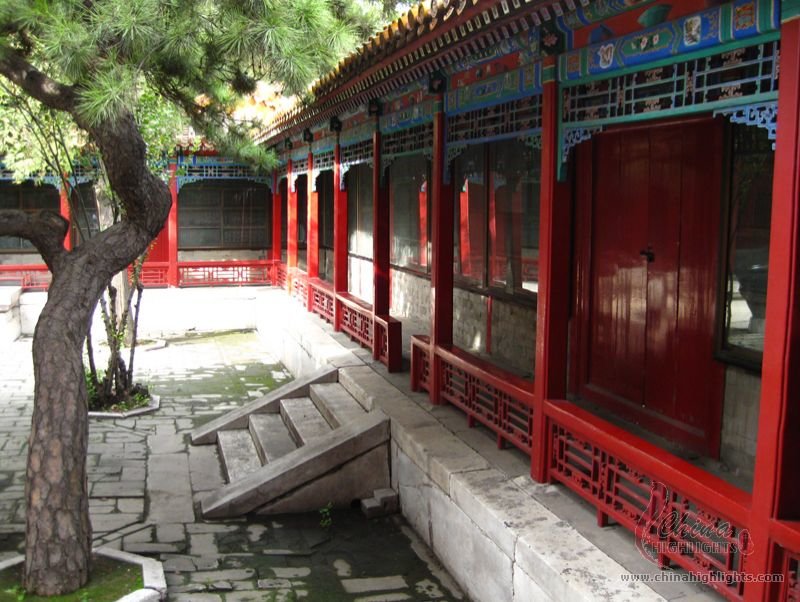 The Forbidden CityThe architecture in the Forbidden city is elegant.
The Forbidden CityThe architecture in the Forbidden city is elegant. -
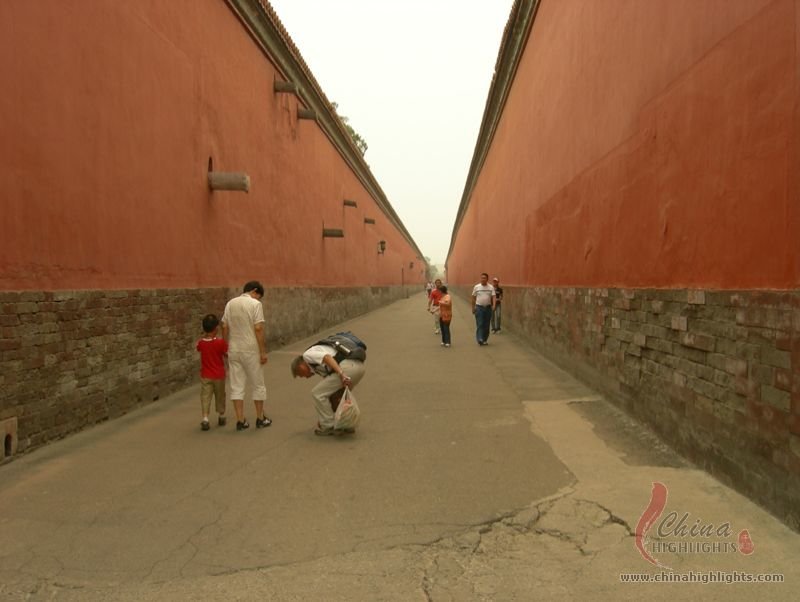 The Forbidden CityA high red wall with a total length of 3,400 meters (3,718 yards) encases the Forbidden City.
The Forbidden CityA high red wall with a total length of 3,400 meters (3,718 yards) encases the Forbidden City. -
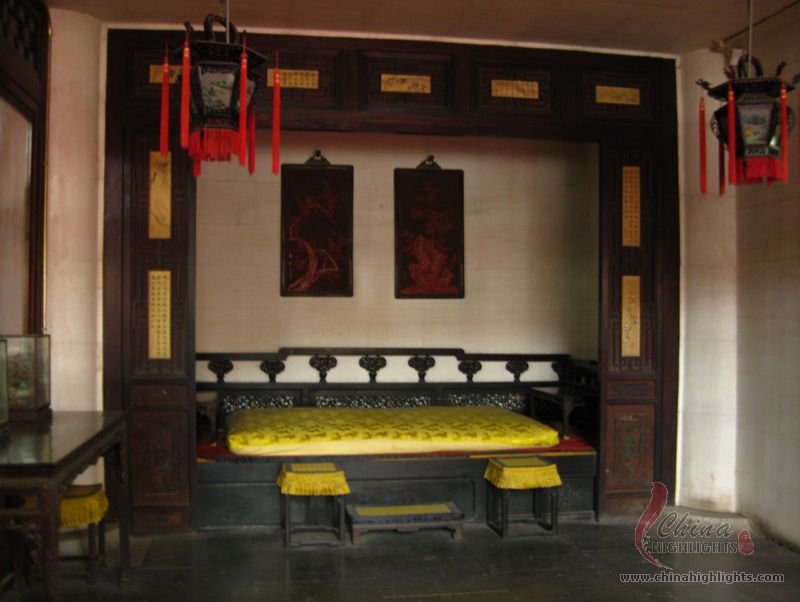 The Bad
The Bad -
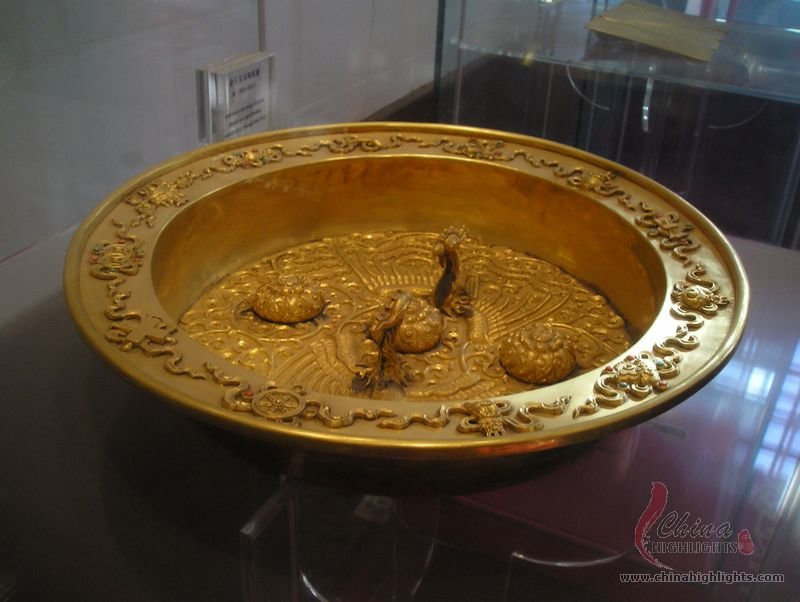 WashbasinThe washbasin is made of gold, suggesting luxurious life.
WashbasinThe washbasin is made of gold, suggesting luxurious life. -
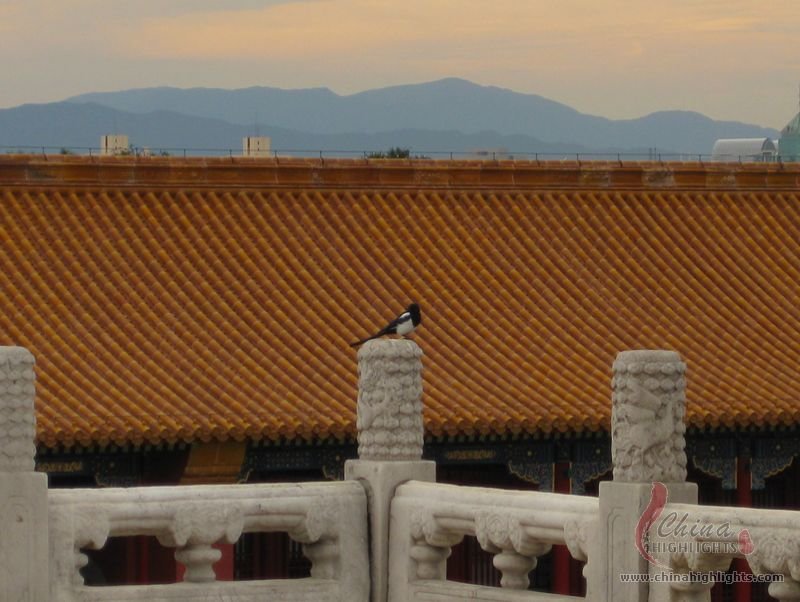 BirdA little bird is standing on a pillar, looking at the Forbidden City.
BirdA little bird is standing on a pillar, looking at the Forbidden City. -
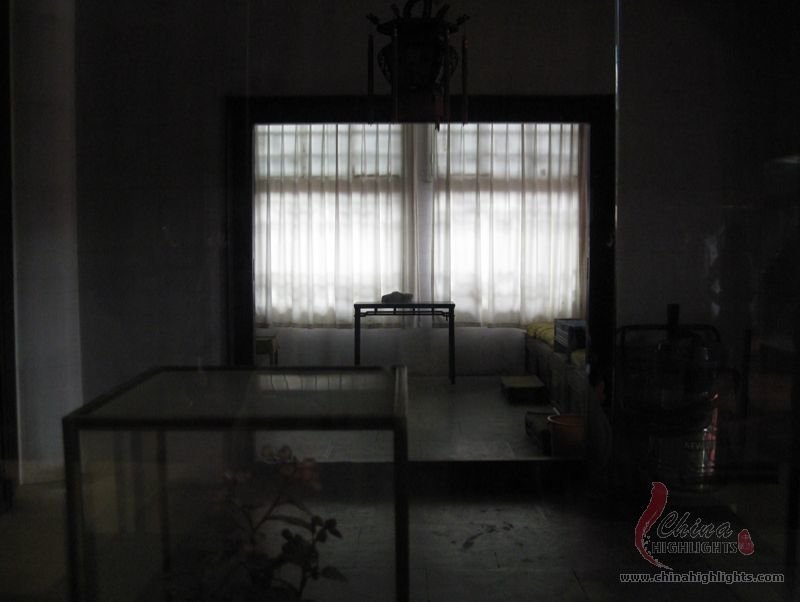 The Forbidden City
The Forbidden City -
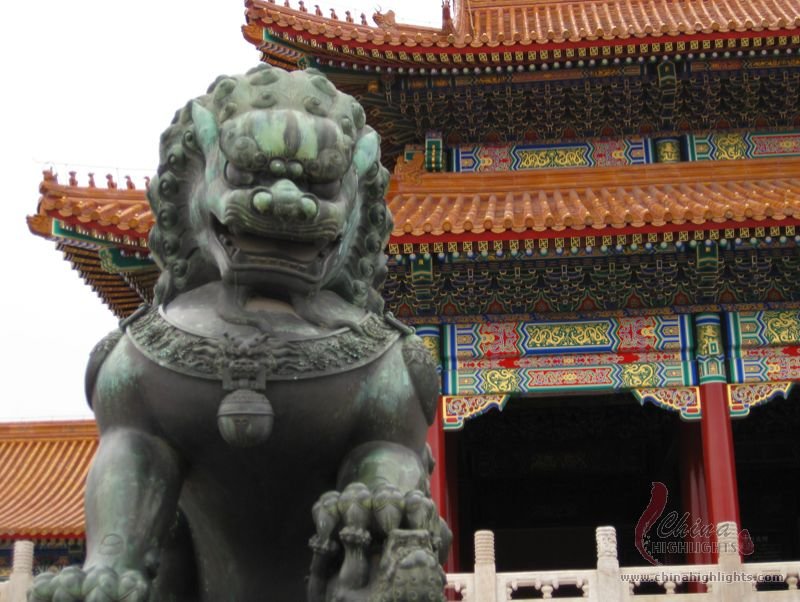 Bronze Lion StatueAs symbols of imperial power, bronze lion statues are placed in many places in the Forbidden City.
Bronze Lion StatueAs symbols of imperial power, bronze lion statues are placed in many places in the Forbidden City. -
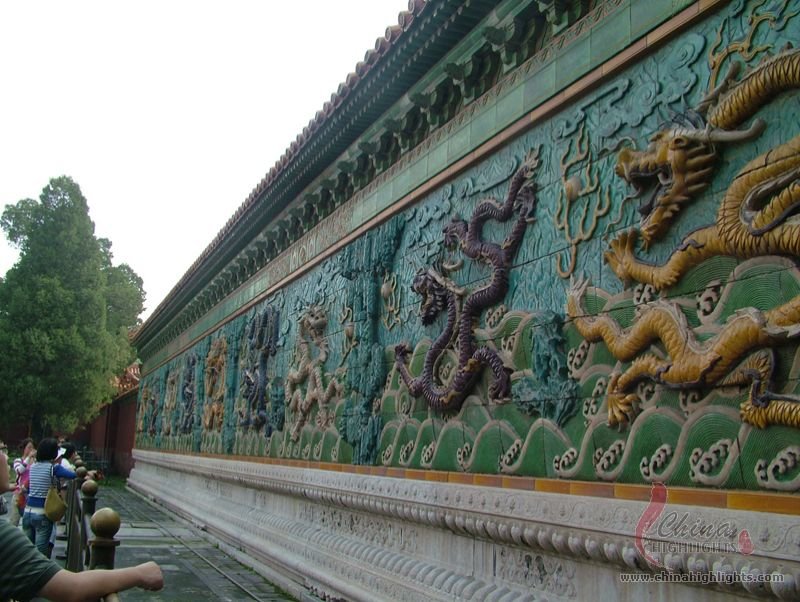 The Nine Dragons ScreenThe entrance to the Palace of Tranquil Longevity is marked by a glazed-tile Nine Dragons Screen.
The Nine Dragons ScreenThe entrance to the Palace of Tranquil Longevity is marked by a glazed-tile Nine Dragons Screen. -
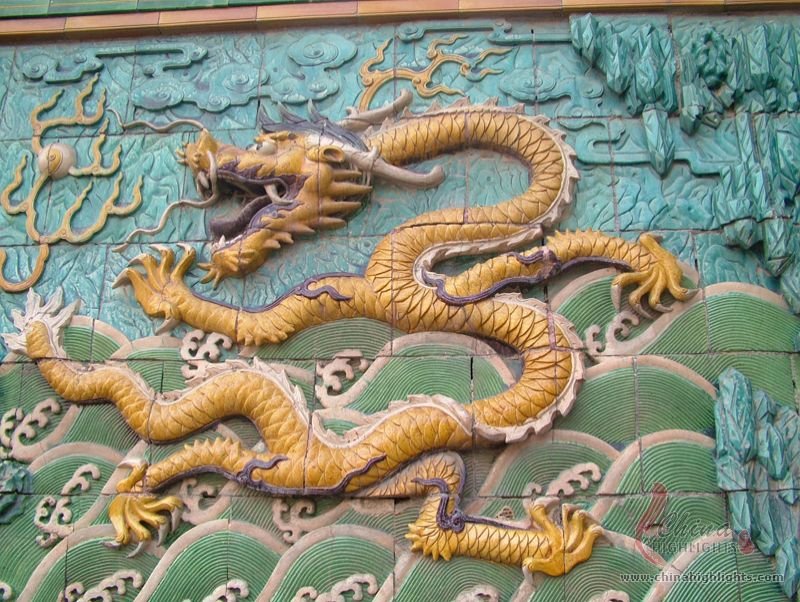 Carved DragonThis exquisite carved gragon is part of Nine Gragon Screen.
Carved DragonThis exquisite carved gragon is part of Nine Gragon Screen. -
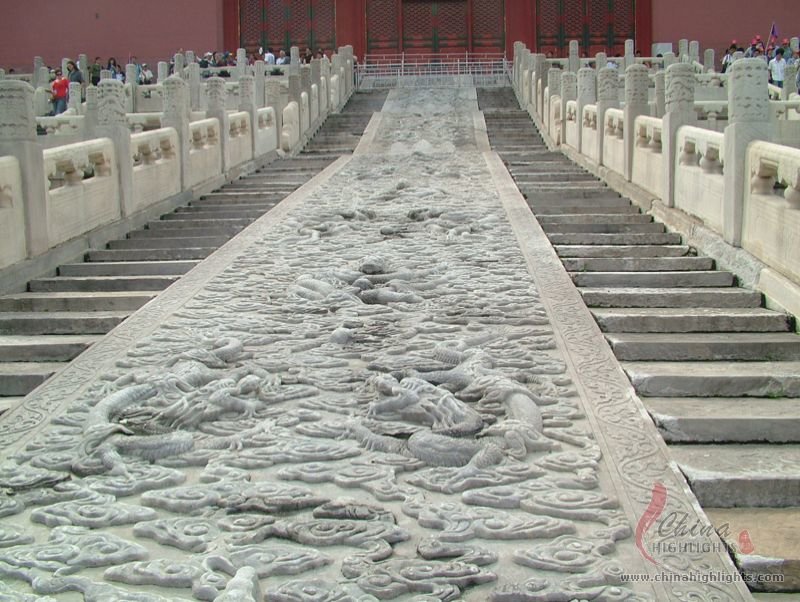 The Forbidden CitySet into the ceiling directly above the throne is an intricate caisson decorated with a coiled dragon, from the mouth of which issues a chandelier-like set of metal balls.
The Forbidden CitySet into the ceiling directly above the throne is an intricate caisson decorated with a coiled dragon, from the mouth of which issues a chandelier-like set of metal balls. -
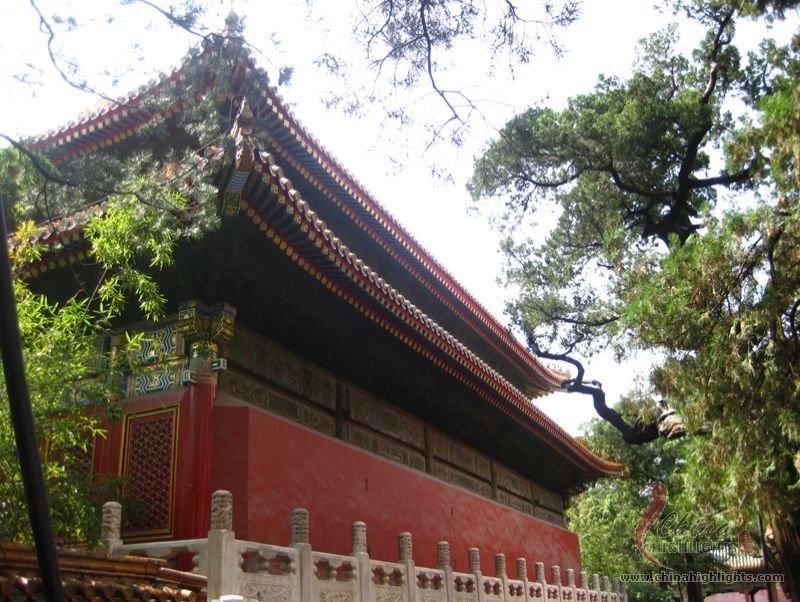 The Forbidden CityThe Forbidden City is the culmination of the two-thousand-year development of classical Chinese and East Asian architecture.
The Forbidden CityThe Forbidden City is the culmination of the two-thousand-year development of classical Chinese and East Asian architecture. -
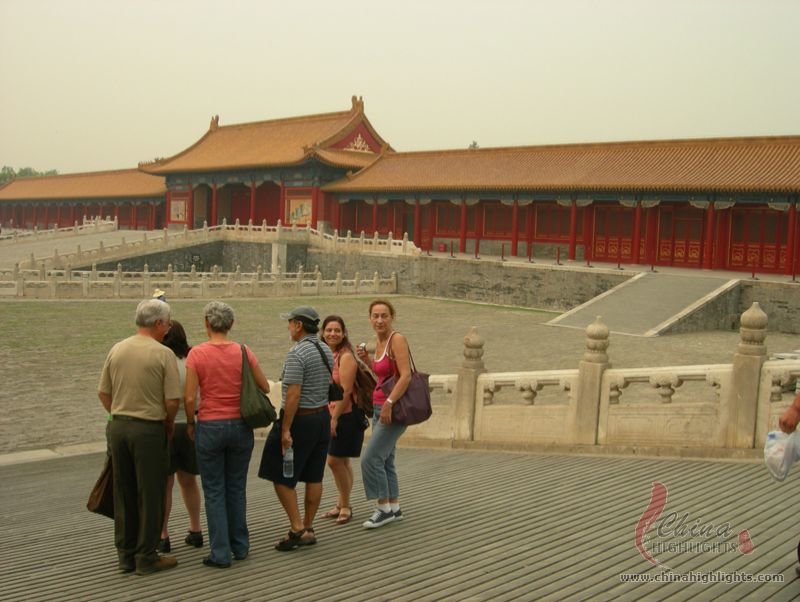 The Forbidden CityWhen travelling in China, especially in Beijing, the Forbidden City is a must-to-see spot.
The Forbidden CityWhen travelling in China, especially in Beijing, the Forbidden City is a must-to-see spot. -
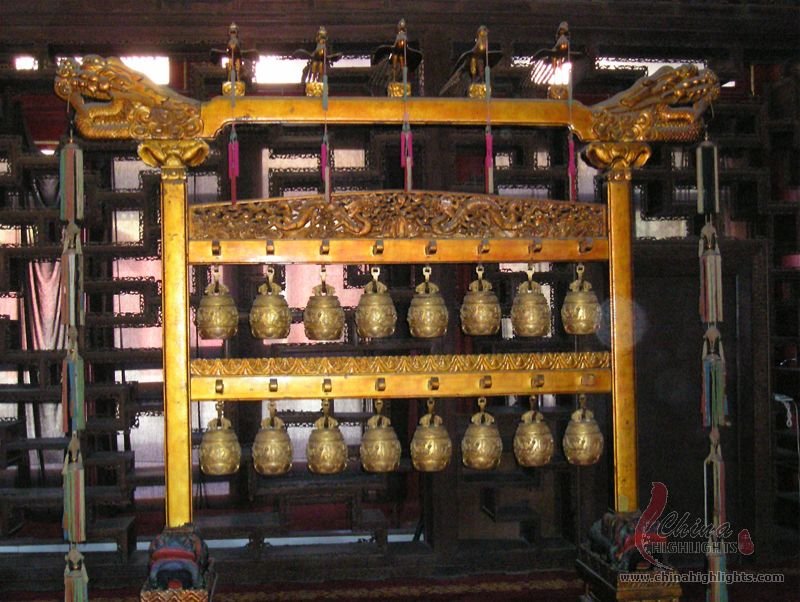 ChimeIt is a kind of instrument in ancient China.
ChimeIt is a kind of instrument in ancient China. -
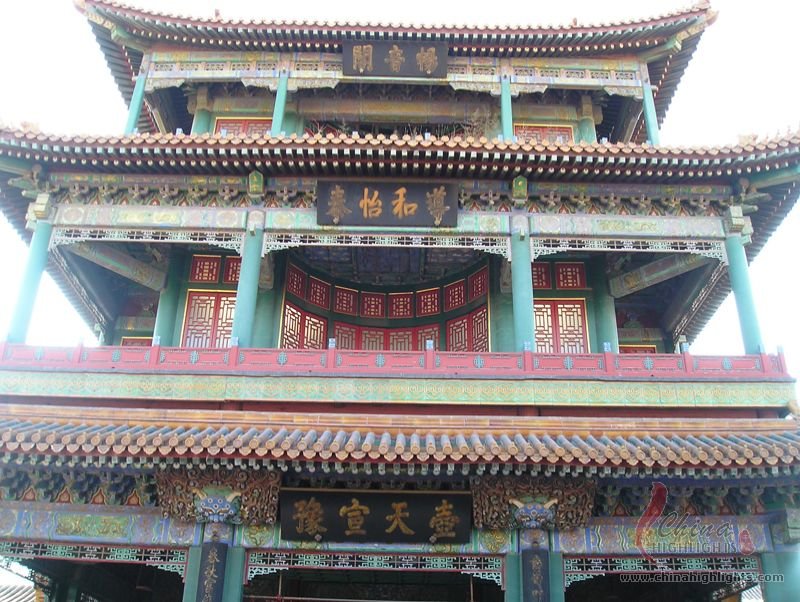 Changyin StageChangyin Stage is the biggest stage in the Forbidden City, which was used for performing Chinese operas.
Changyin StageChangyin Stage is the biggest stage in the Forbidden City, which was used for performing Chinese operas. -
 Fengxian PalaceFengxian Palace was used for ancestor worship by royalty.
Fengxian PalaceFengxian Palace was used for ancestor worship by royalty. -
 The Forbidden CityThe Forbidden City is the culmination of the two-thousand-year development of classical Chinese and East Asian architecture.
The Forbidden CityThe Forbidden City is the culmination of the two-thousand-year development of classical Chinese and East Asian architecture. -
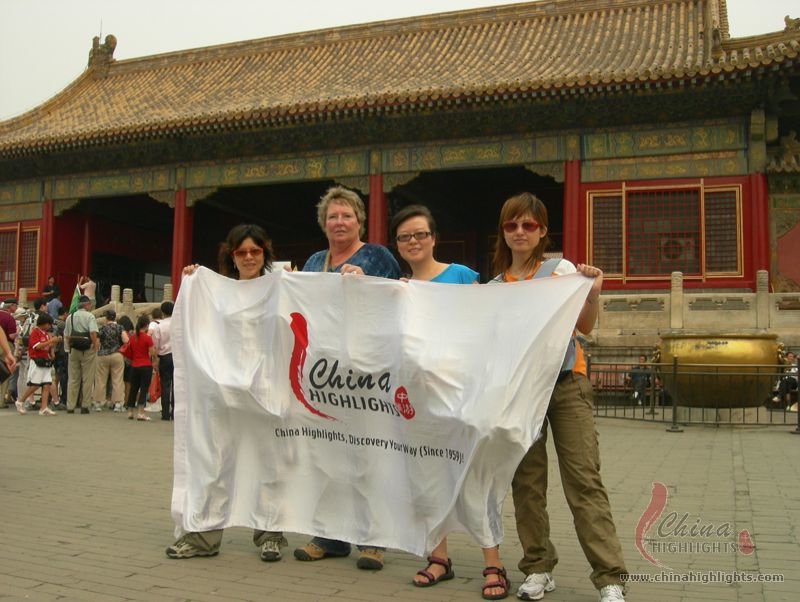 China Highlights in Forbidden CityForbidden City is so attractive that people all over the world come here by its reputation.
China Highlights in Forbidden CityForbidden City is so attractive that people all over the world come here by its reputation. -
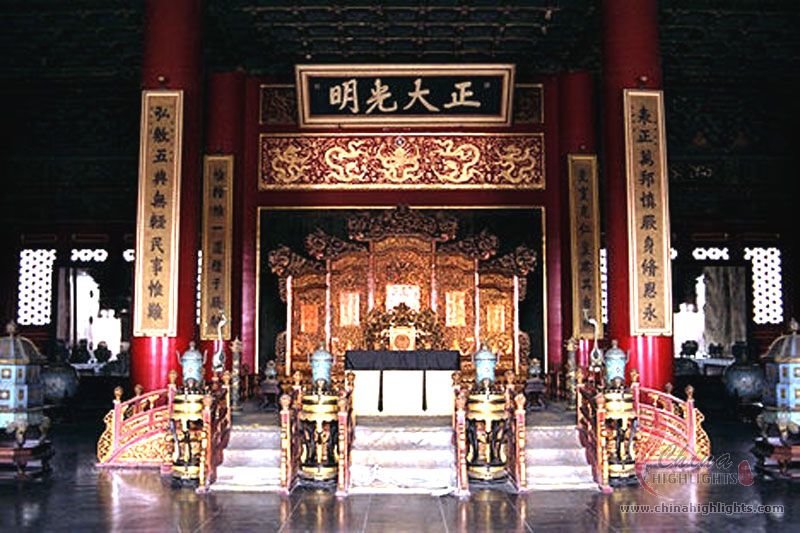 Palace of Heavenly PurityThe Emperor, representing Yang and the Heavens, would occupy the Palace of Heavenly Purity.
Palace of Heavenly PurityThe Emperor, representing Yang and the Heavens, would occupy the Palace of Heavenly Purity. -
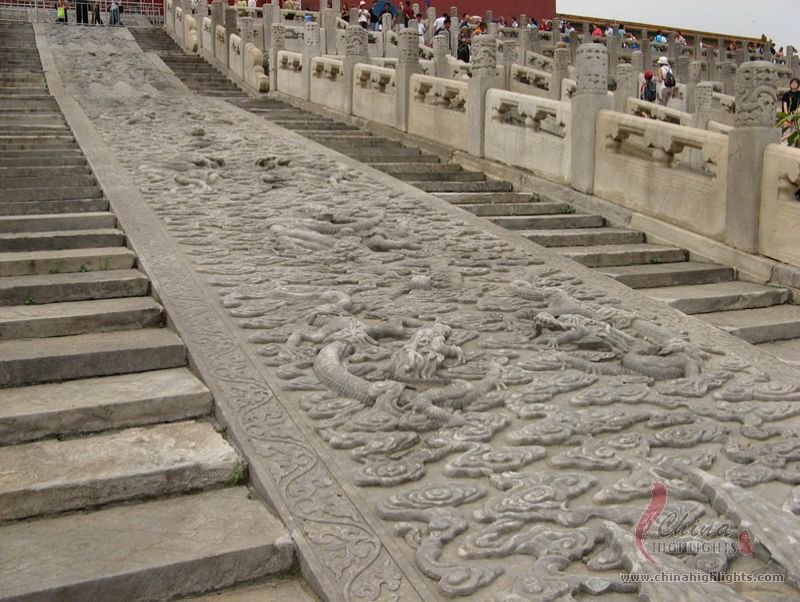 The Forbidden CitySet into the ceiling directly above the throne is an intricate caisson decorated with a coiled dragon, from the mouth of which issues a chandelier-like set of metal balls.
The Forbidden CitySet into the ceiling directly above the throne is an intricate caisson decorated with a coiled dragon, from the mouth of which issues a chandelier-like set of metal balls. -
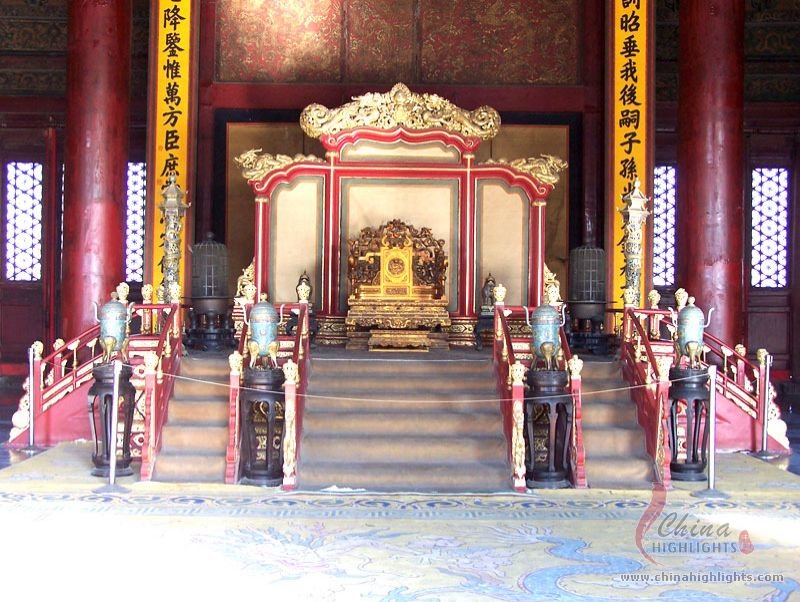 The Hall of Preserving HarmonyIt was used for rehearsing ceremonies, and was also the site of the final stage of the Imperial examination.
The Hall of Preserving HarmonyIt was used for rehearsing ceremonies, and was also the site of the final stage of the Imperial examination. -
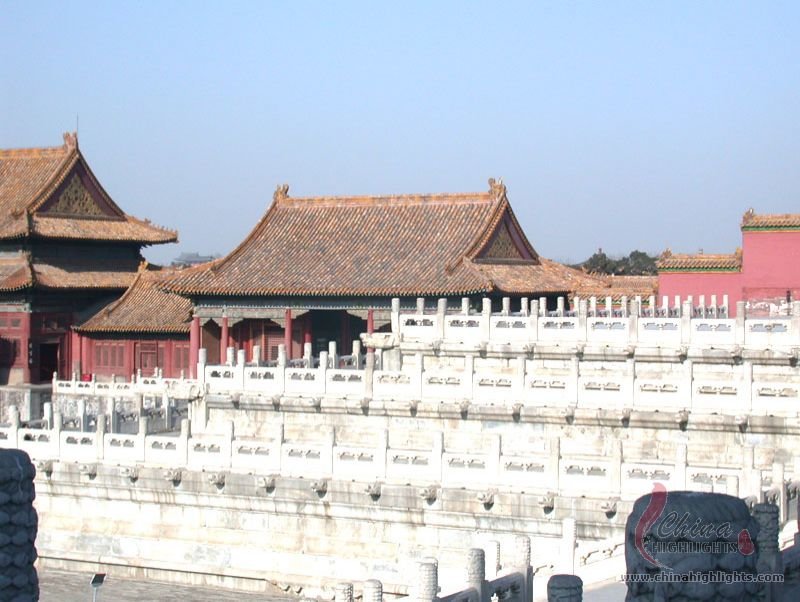 The Forbidden CityThe Forbidden City was the Chinese imperial palace from the Ming Dynasty to the end of the Qing Dynasty.
The Forbidden CityThe Forbidden City was the Chinese imperial palace from the Ming Dynasty to the end of the Qing Dynasty. -
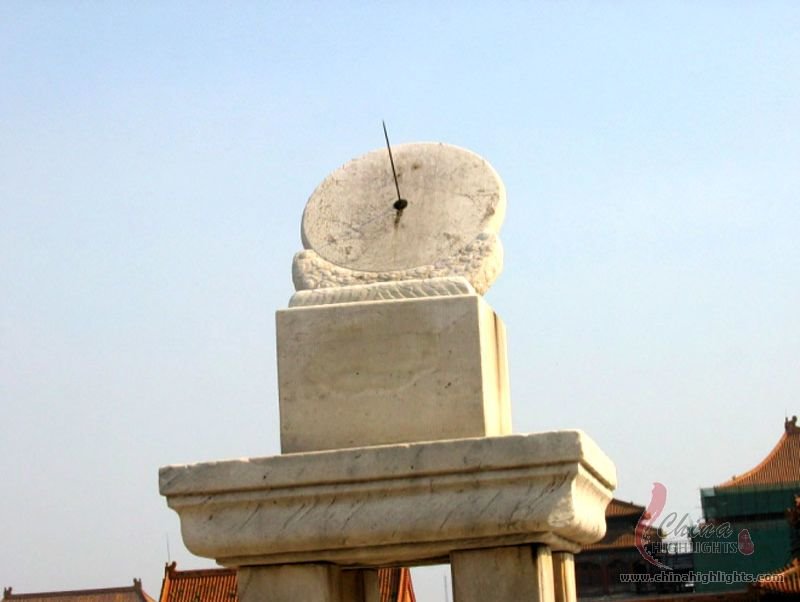 SundialA sundial is a device that measures time by the position of the Sun.
SundialA sundial is a device that measures time by the position of the Sun. -
 A Lane in Forbidden CityBetween the long and tall walls is a narrow lane, which has gone through a long history.
A Lane in Forbidden CityBetween the long and tall walls is a narrow lane, which has gone through a long history. -
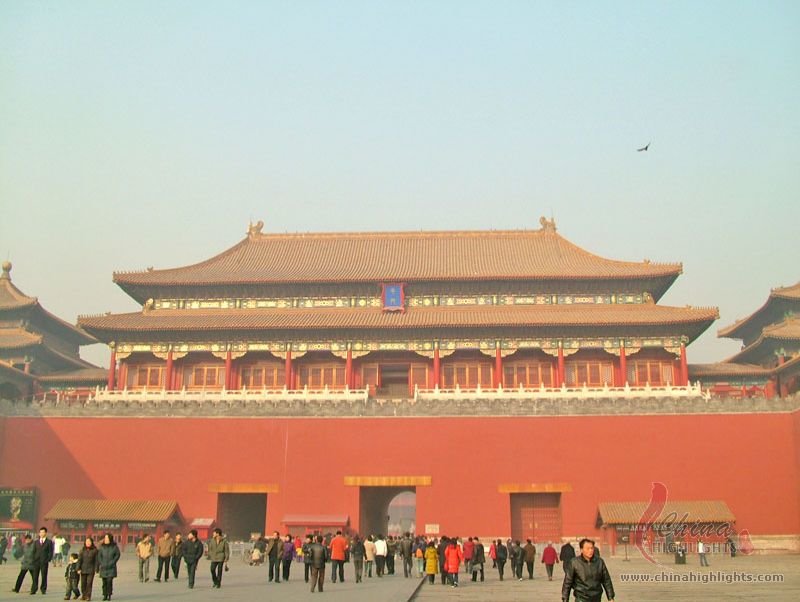 The Meridian GateThe Meridian Gate is the southern (and largest) gate of the Forbidden City.
The Meridian GateThe Meridian Gate is the southern (and largest) gate of the Forbidden City. -
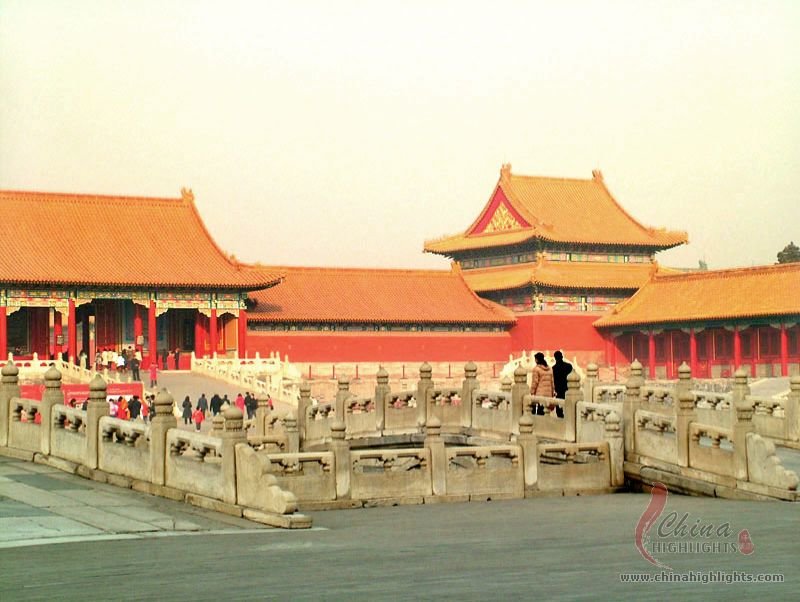 The Forbidden CityBuilt from 1406 to 1420, the complex consists of 980 surviving buildings with 8,707 bays of rooms and covers 720,000 square metres (7,800,000 square feet).
The Forbidden CityBuilt from 1406 to 1420, the complex consists of 980 surviving buildings with 8,707 bays of rooms and covers 720,000 square metres (7,800,000 square feet). -
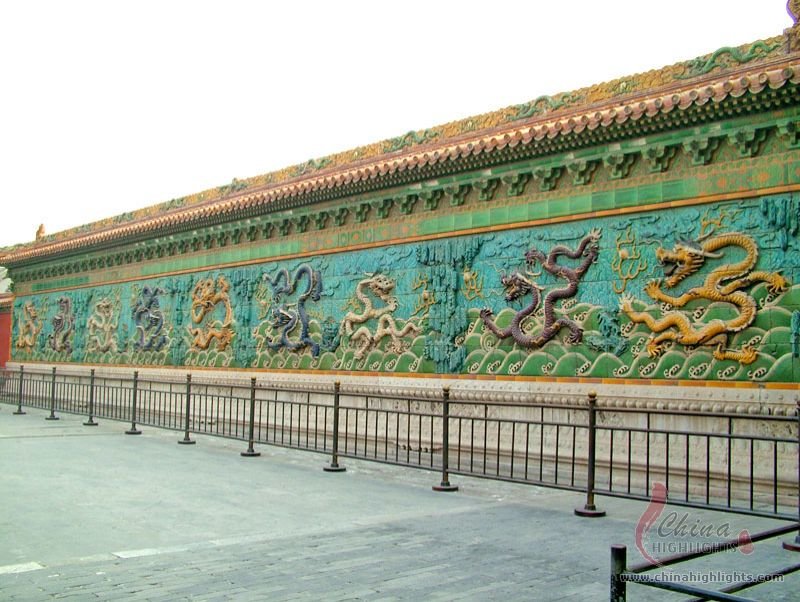 The Nine Dragons ScreenThe entrance to the Palace of Tranquil Longevity is marked by a glazed-tile Nine Dragons Screen.
The Nine Dragons ScreenThe entrance to the Palace of Tranquil Longevity is marked by a glazed-tile Nine Dragons Screen. -
 The Forbidden CityThe Forbidden City was declared a World Heritage Site in 1987, and is listed by UNESCO as the largest collection of preserved ancient wooden structures in the world.
The Forbidden CityThe Forbidden City was declared a World Heritage Site in 1987, and is listed by UNESCO as the largest collection of preserved ancient wooden structures in the world. -
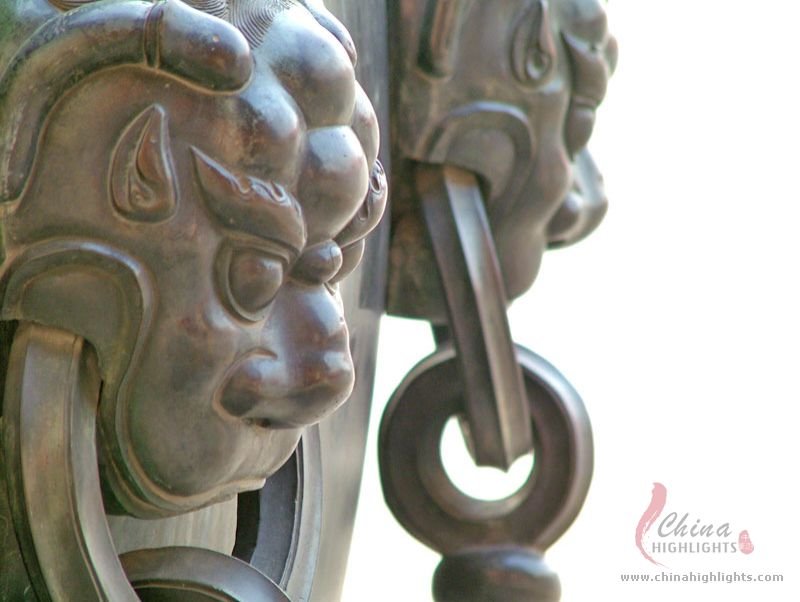 The Forbidden CityThese are monsters decorated on a bronze sculpture.
The Forbidden CityThese are monsters decorated on a bronze sculpture.




